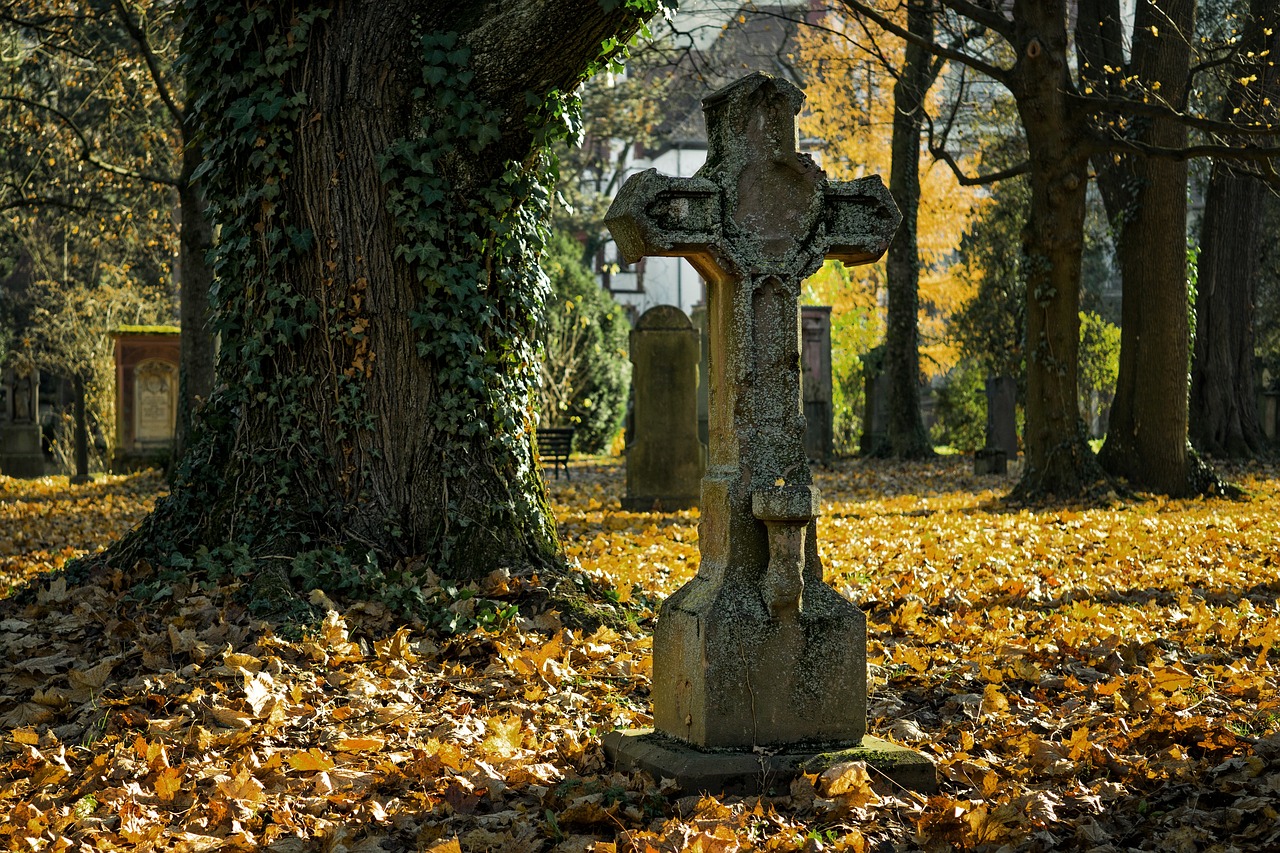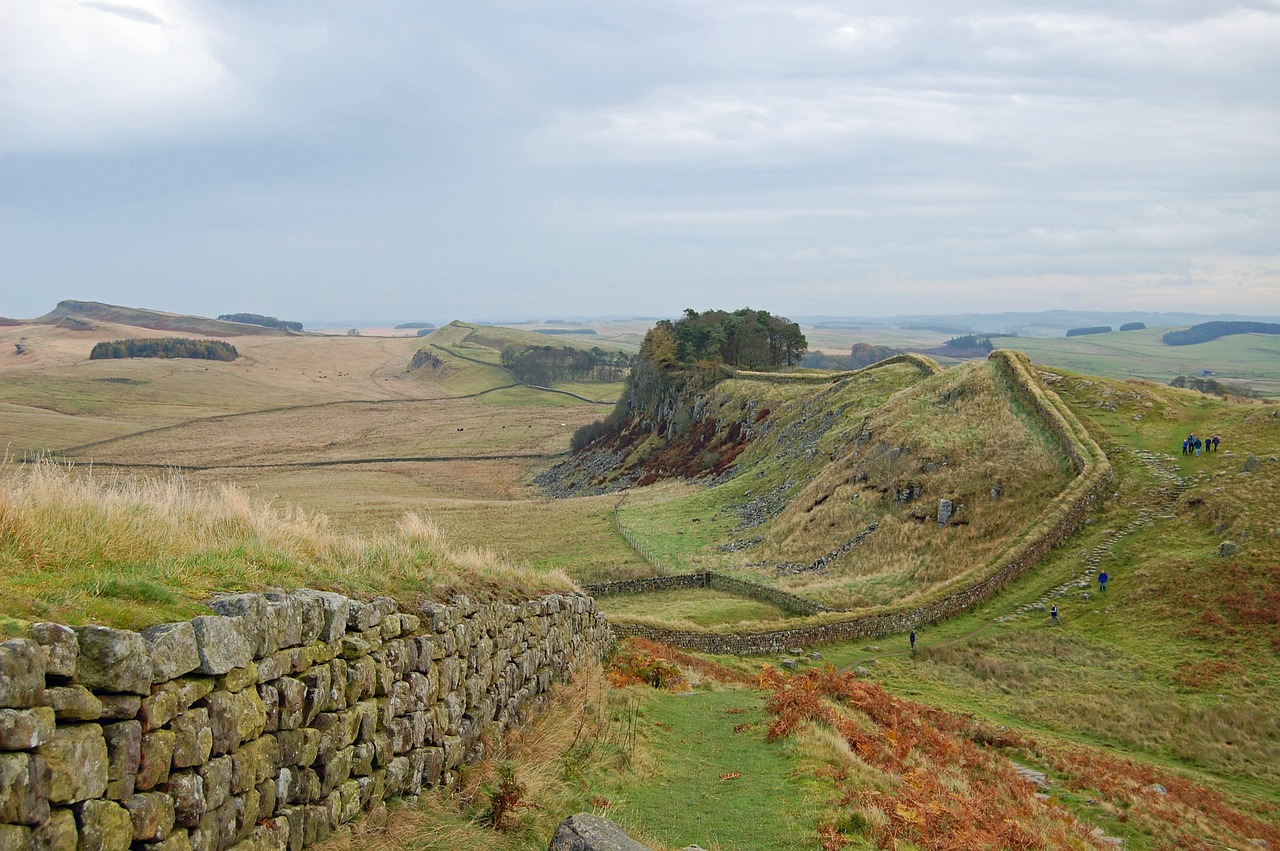Graveyards have always been places of reflection, remembrance, and historical significance. They are silent witnesses to the passage of time, preserving the stories of countless lives that have come and gone. In this journey through history, we'll explore 40 of the world's oldest graveyards, where ancient cultures and civilizations left their mark in stone and bone.
1. Hierakonpolis Cemetery, Egypt (c. 3500 BCE)
In the heart of Egypt, lies Hierakonpolis Cemetery, one of the earliest known burial sites. It reveals the rich traditions and beliefs of the prehistoric Egyptians, with elaborate graves containing pottery, animal remains, and even ivory figurines.
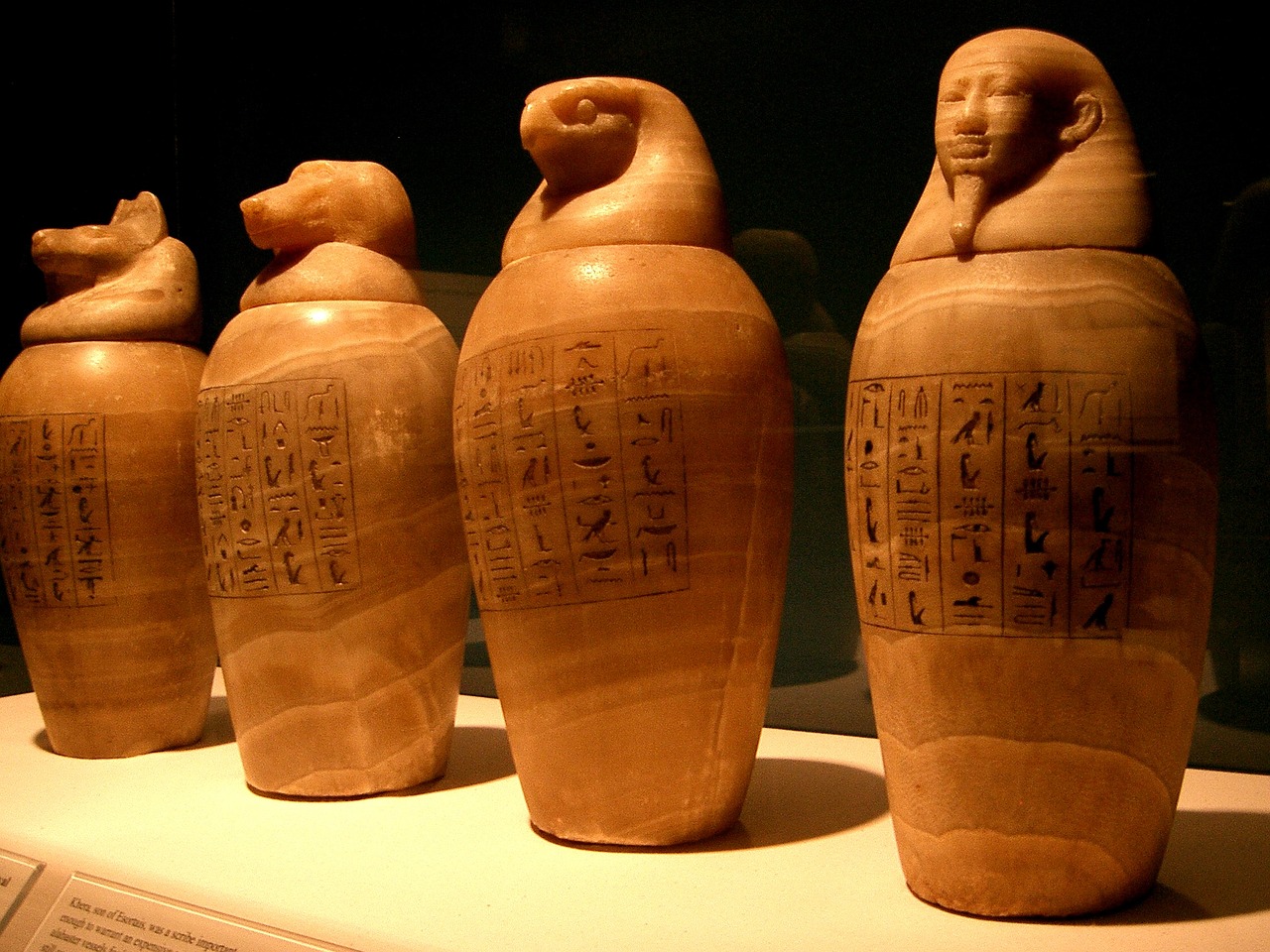 Image by lakewooducc from Pixabay
Image by lakewooducc from Pixabay
2. Varna Necropolis, Bulgaria (c. 4560-4450 BCE)
The Varna Necropolis in Bulgaria boasts some of the world's oldest gold treasures. This ancient burial ground unearthed exquisite jewelry, ceremonial artifacts, and the remains of high-status individuals, offering insights into early European society.
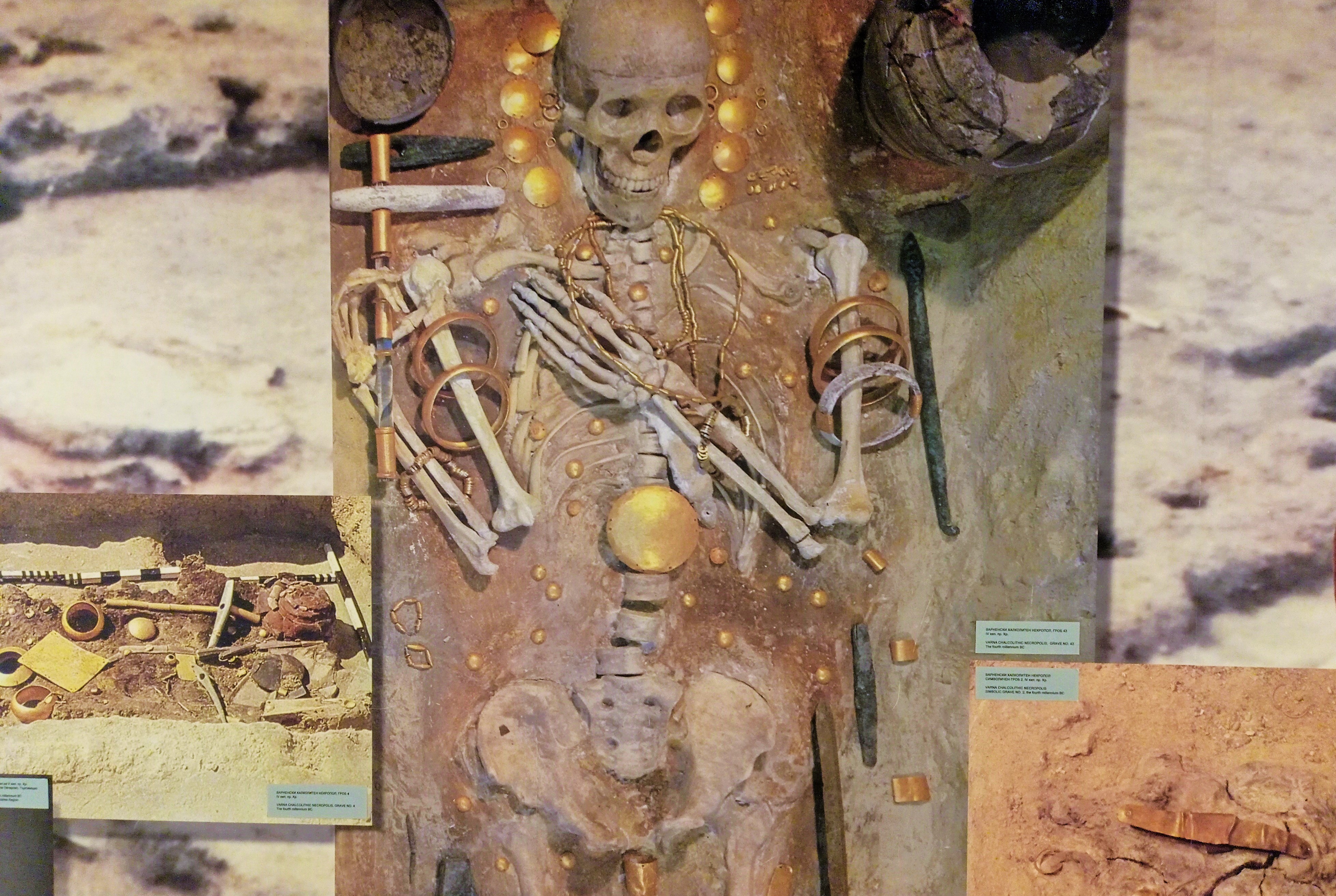 Wikimedia Commons
Wikimedia Commons
3. Shanidar Cave Burials, Iraq (c. 45,000-35,000 BCE)
These Neanderthal graves in Iraq contain the remains of our distant cousins, offering a glimpse into their lives and rituals. The discovery of flower pollen at one of the sites suggests early symbolic behavior.
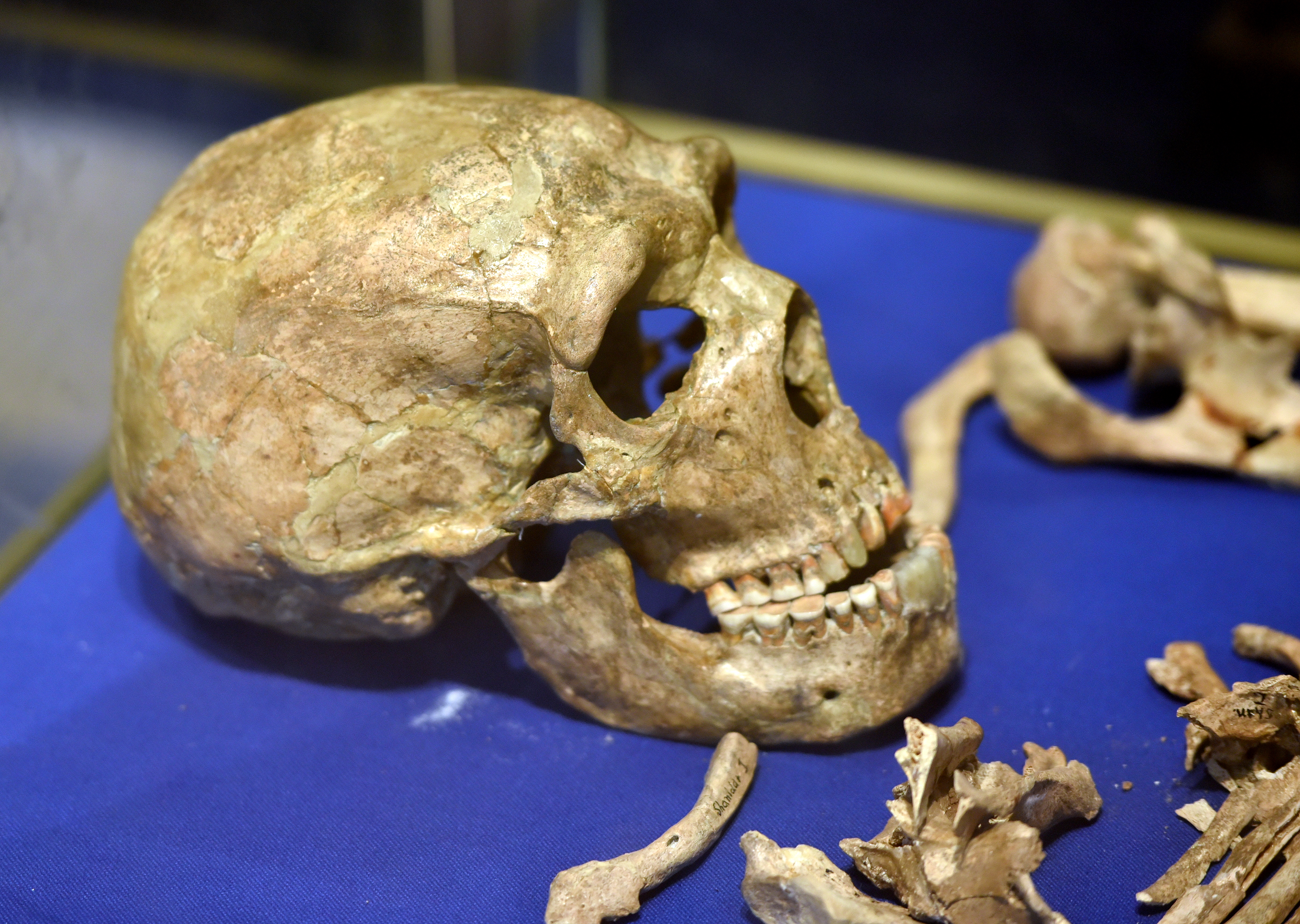 Wikimedia Commons
Wikimedia Commons
4. St. Peter's Cemetery, Salzburg, Austria (c. 700 CE)
Austrian archaeologists uncovered early Christian graves at St. Peter's Cemetery, complete with intricately decorated tombstones. The site also contains the catacombs where many prominent figures of the time were laid to rest.
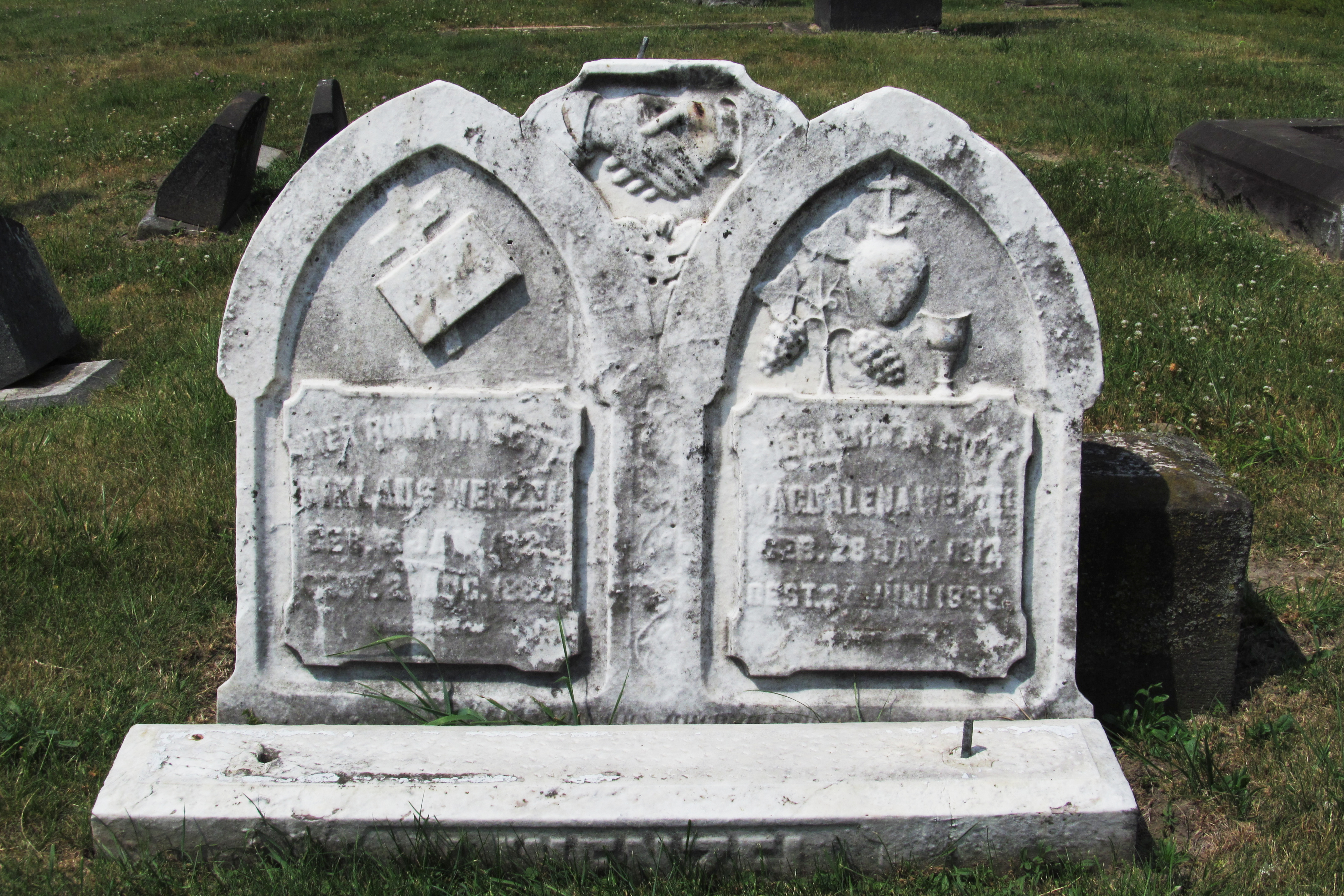 Wikimedia Commons
Wikimedia Commons
5. Mount of Olives, Jerusalem, Israel (c. 1st millennium BCE)
The Mount of Olives is one of the world's most famous Jewish burial grounds, with a history dating back thousands of years. It holds a special place in Jewish tradition and is mentioned in the Bible.
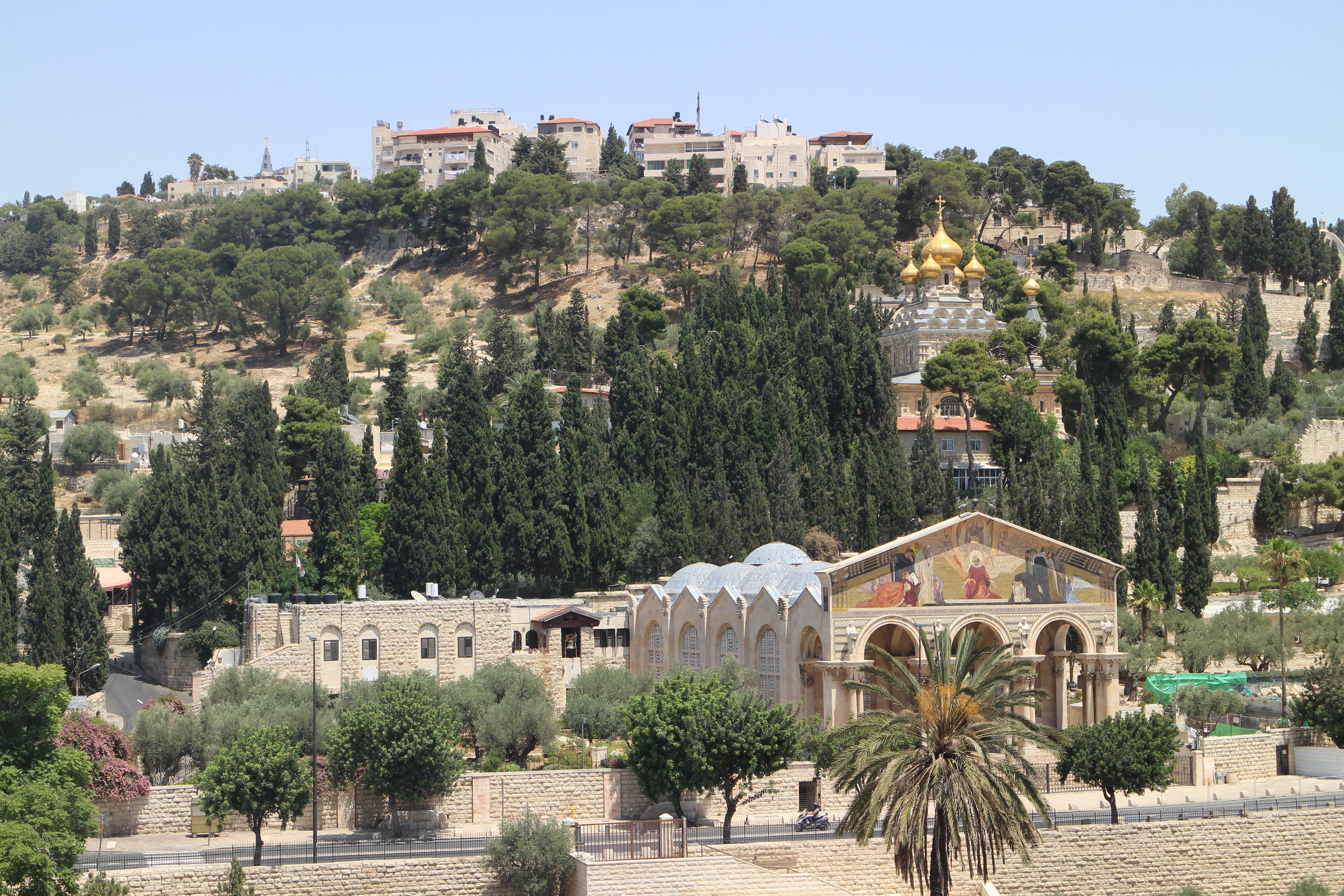
6. Valley of the Kings, Egypt (c. 16th-11th centuries BCE)
The Valley of the Kings served as the final resting place for many pharaohs of the New Kingdom, including Tutankhamun. The intricate tombs, adorned with hieroglyphics and treasures, showcase the grandeur of ancient Egyptian burial practices.
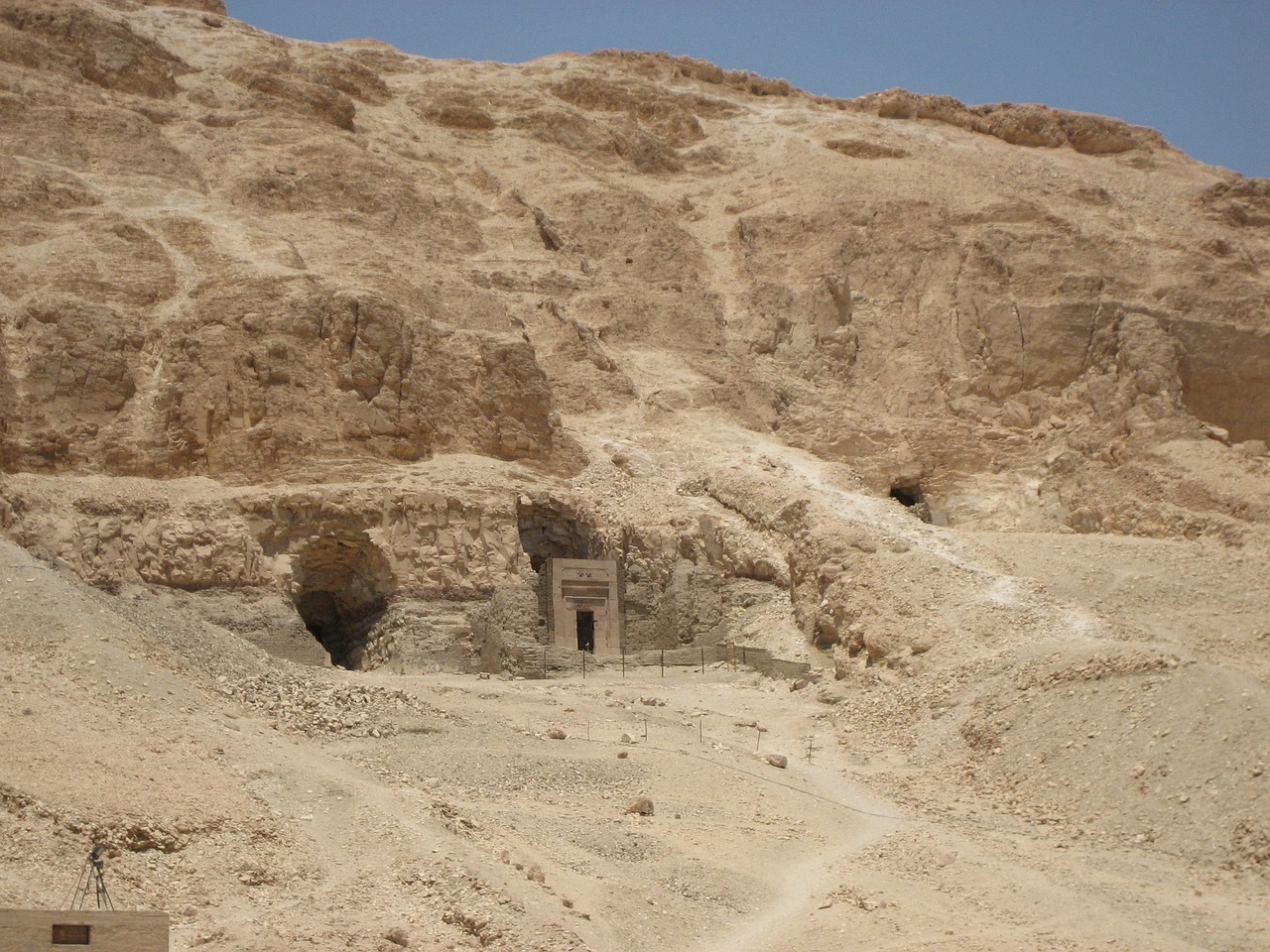 Image by Evenemental from Pixabay
Image by Evenemental from Pixabay
7. Monte Testaccio, Rome, Italy (c. 1st century CE)
This massive mound in Rome is made entirely of discarded amphorae (clay jars) that once held olive oil. It is believed to be the final resting place of countless workers who produced and consumed this ancient commodity.
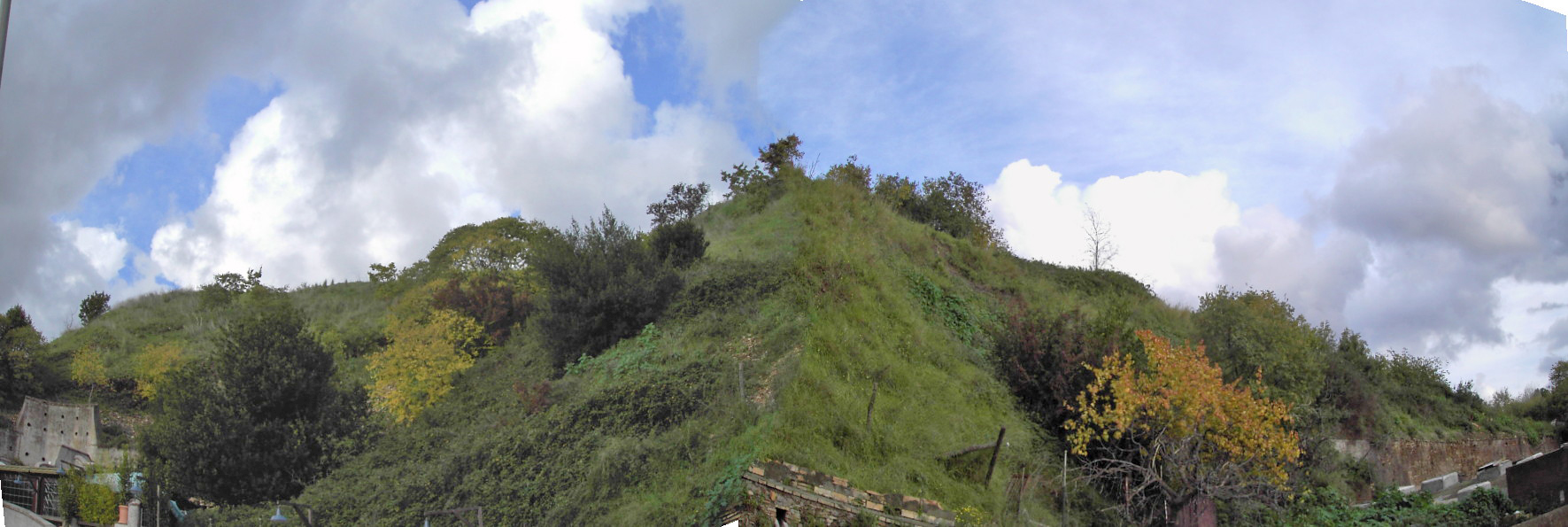
8. Nanjing Ming Xiaoling Mausoleum, China (c. 14th century CE)
The Ming Xiaoling Mausoleum complex is the burial site of the first Ming Emperor and his dynasty. Its grandeur and architectural brilliance reflect the power and prestige of the Ming Dynasty.
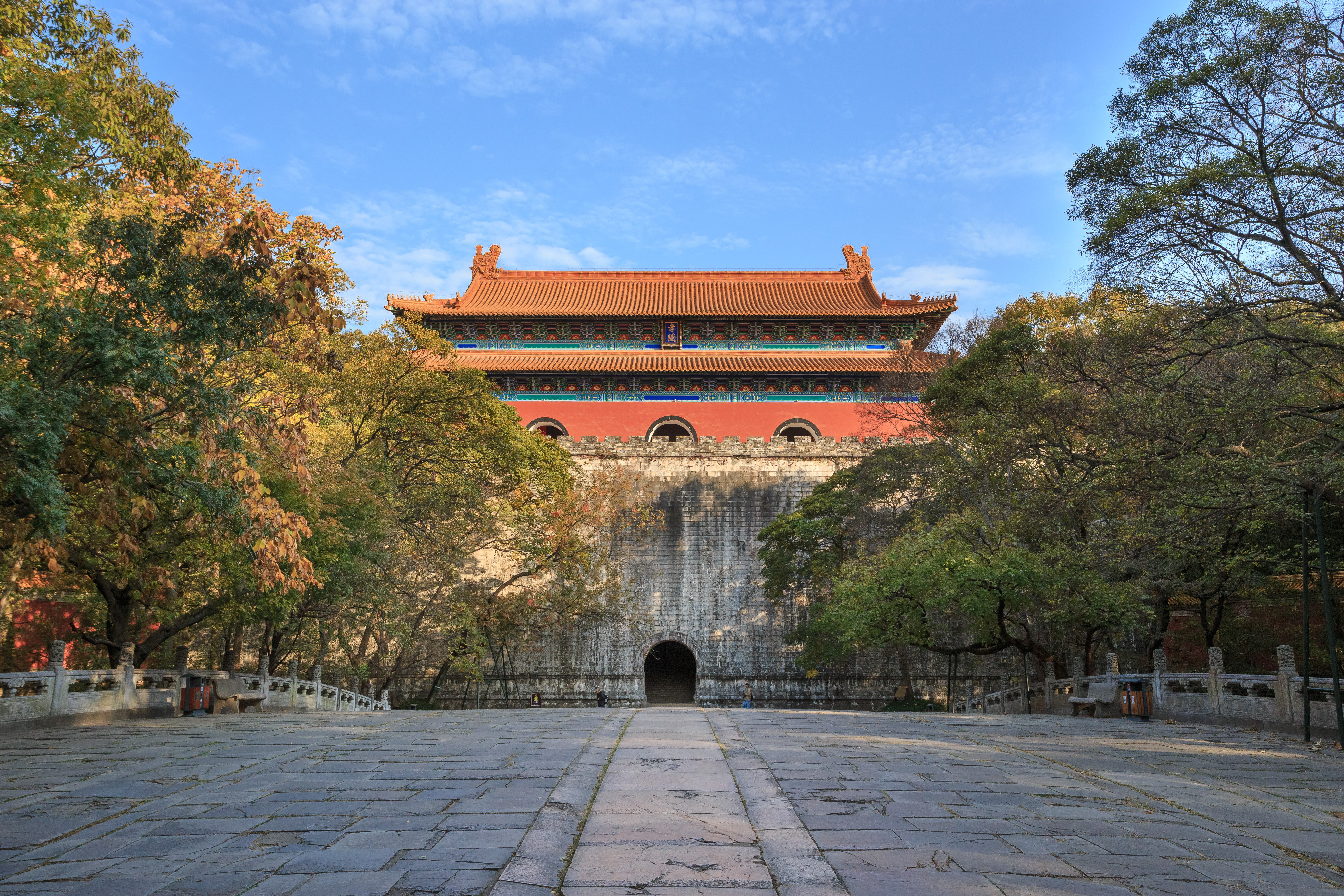 Wikimedia Commons
Wikimedia Commons
9. Cueva de los Tayos, Ecuador (c. 12,000-3,000 BCE)
This cave in the Amazon rainforest contains mysterious stone carvings and graves. The Tayos Cave has sparked countless legends and theories, including connections to ancient civilizations and extraterrestrial encounters.
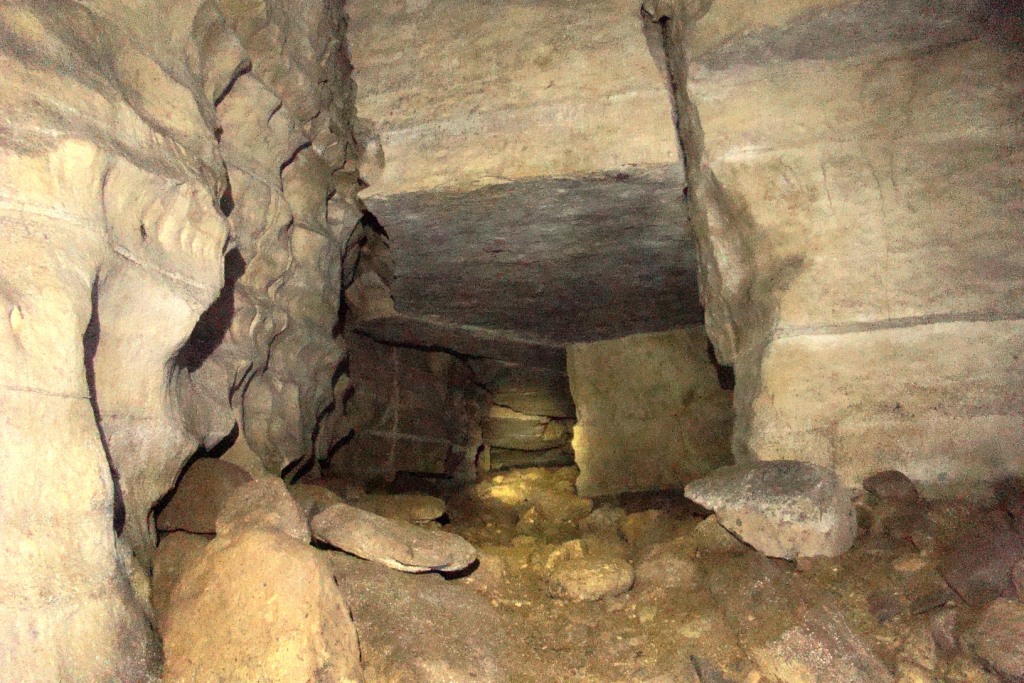 Wikimedia Commons
Wikimedia Commons
10. Catacombs of Kom El Shoqafa, Egypt (c. 2nd century CE)
Located in Alexandria, these catacombs are a fascinating blend of Egyptian, Greek, and Roman burial traditions. They contain intricately designed tombs and sculptures, showcasing the multicultural nature of the city.
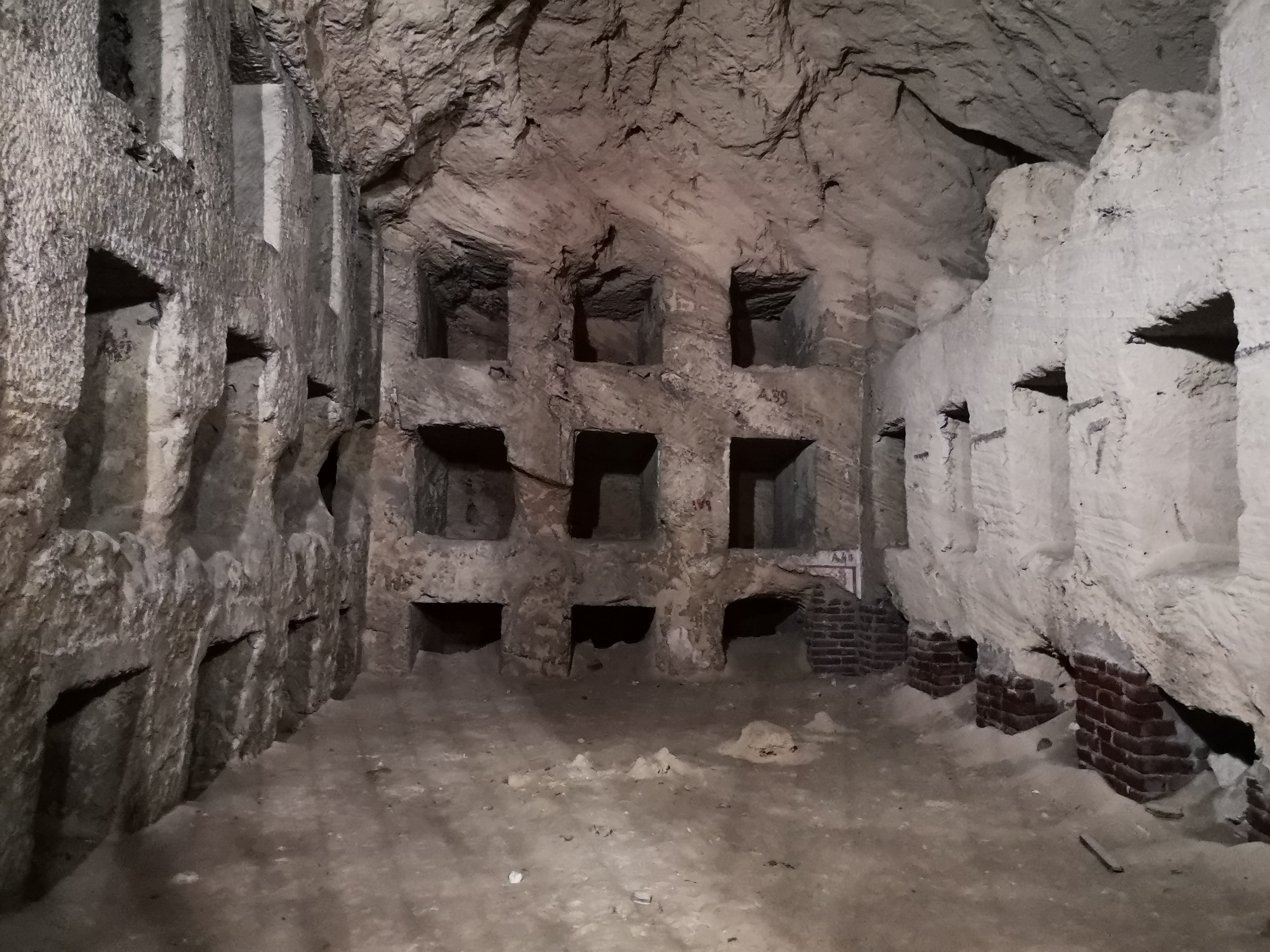 Wikimedia Commons
Wikimedia Commons
11. Panteón de Belén, Mexico (c. 19th century CE)
This eerie cemetery in Guadalajara features elaborate crypts, sculptures, and mausoleums. It's known for its eerie legends and the haunting beauty of its Gothic and neoclassical architecture.
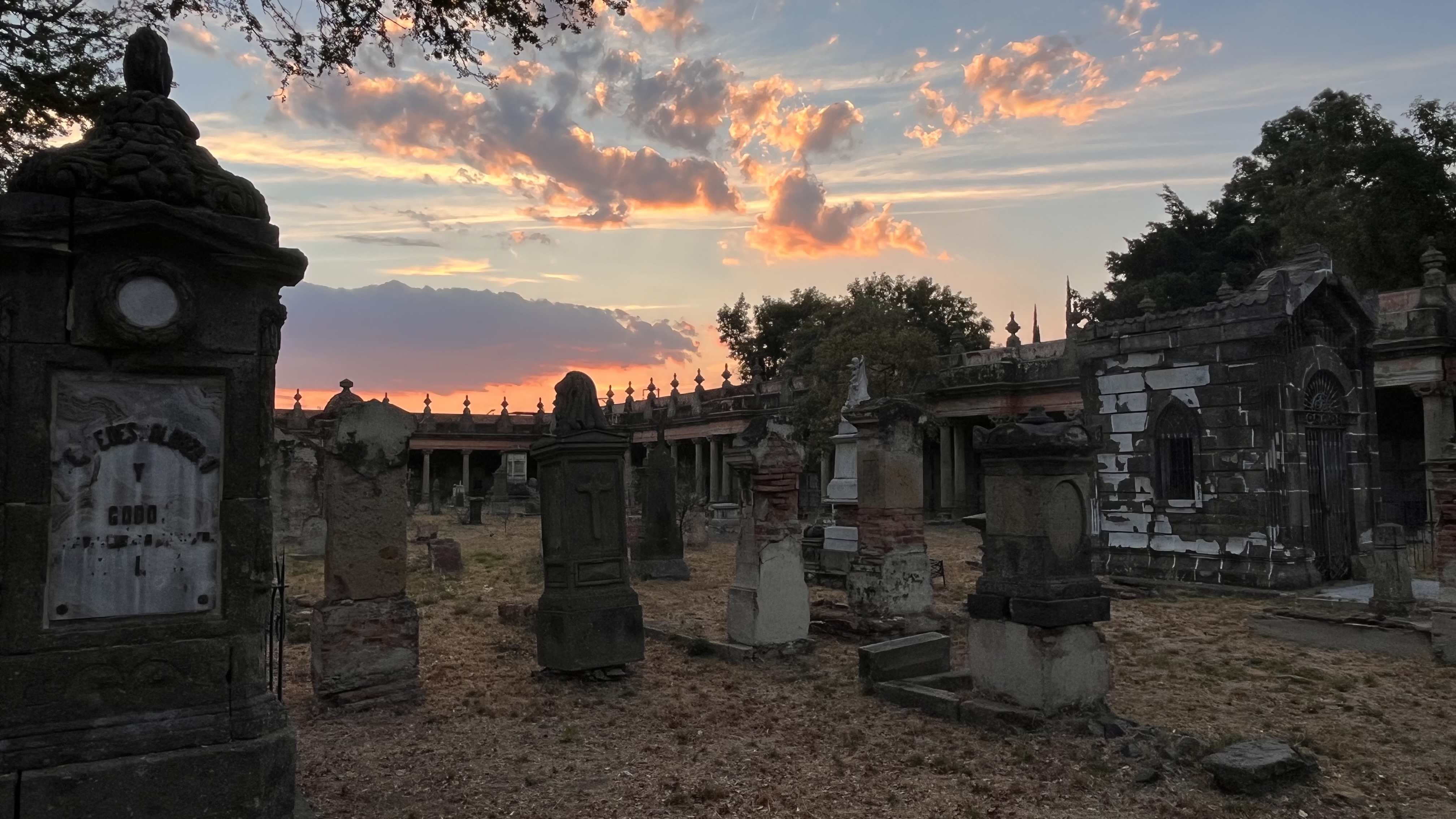 Wikimedia Commons
Wikimedia Commons
12. Khajuraho Group of Monuments, India (c. 10th-12th centuries CE)
Khajuraho's temples are famous for their intricate erotic carvings, but they also house ancient burial grounds. These tombs are a testament to the spiritual and artistic richness of the Chandela dynasty.
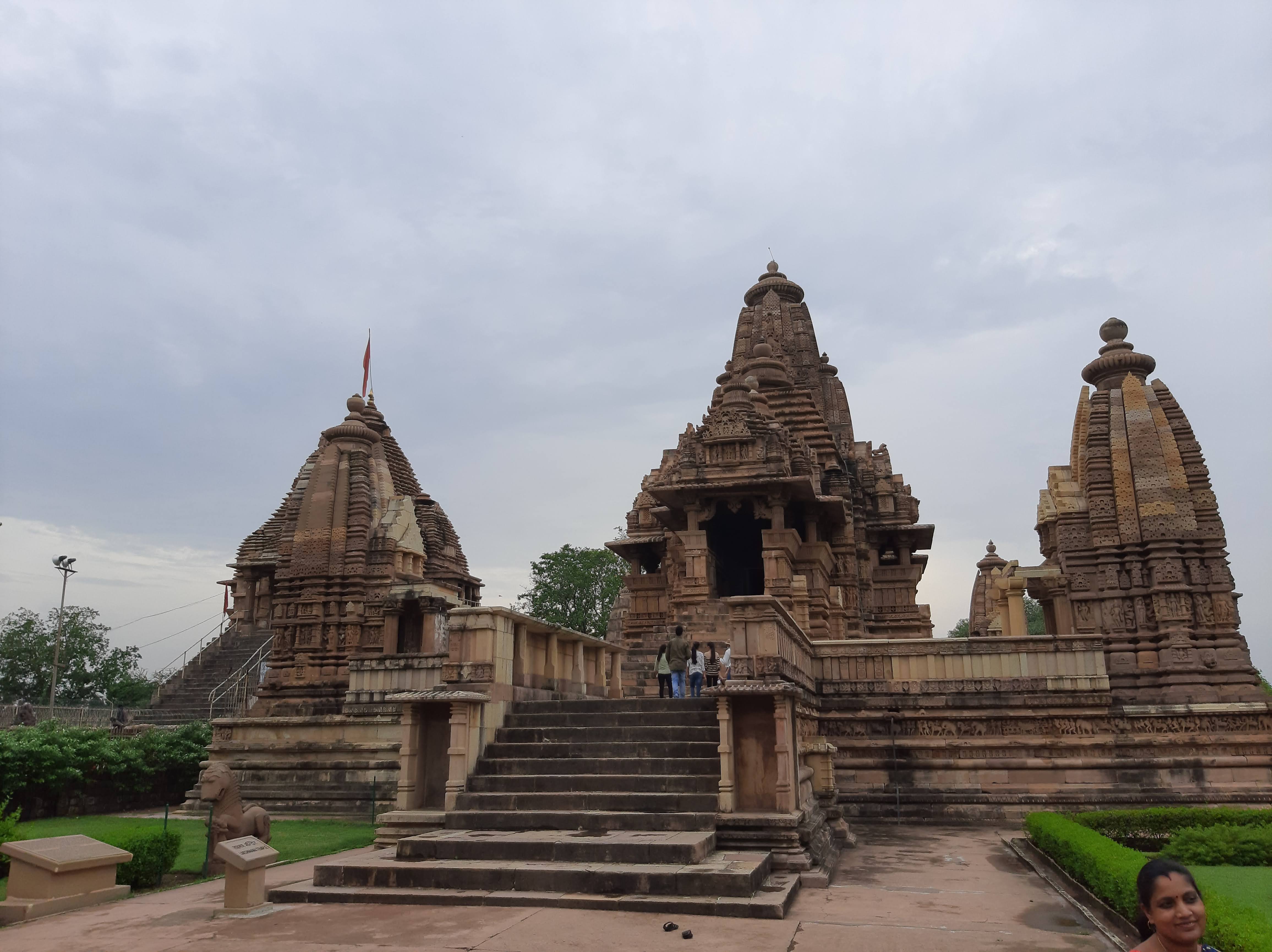 Wikimedia Commons
Wikimedia Commons
13. Zoroastrian Towers of Silence, Yazd, Iran (c. 9th century CE)
Zoroastrians consider burial to be impure, so they use these raised circular platforms to expose the deceased to scavenger birds. This unique tradition reflects the Zoroastrian belief in the sanctity of the earth.
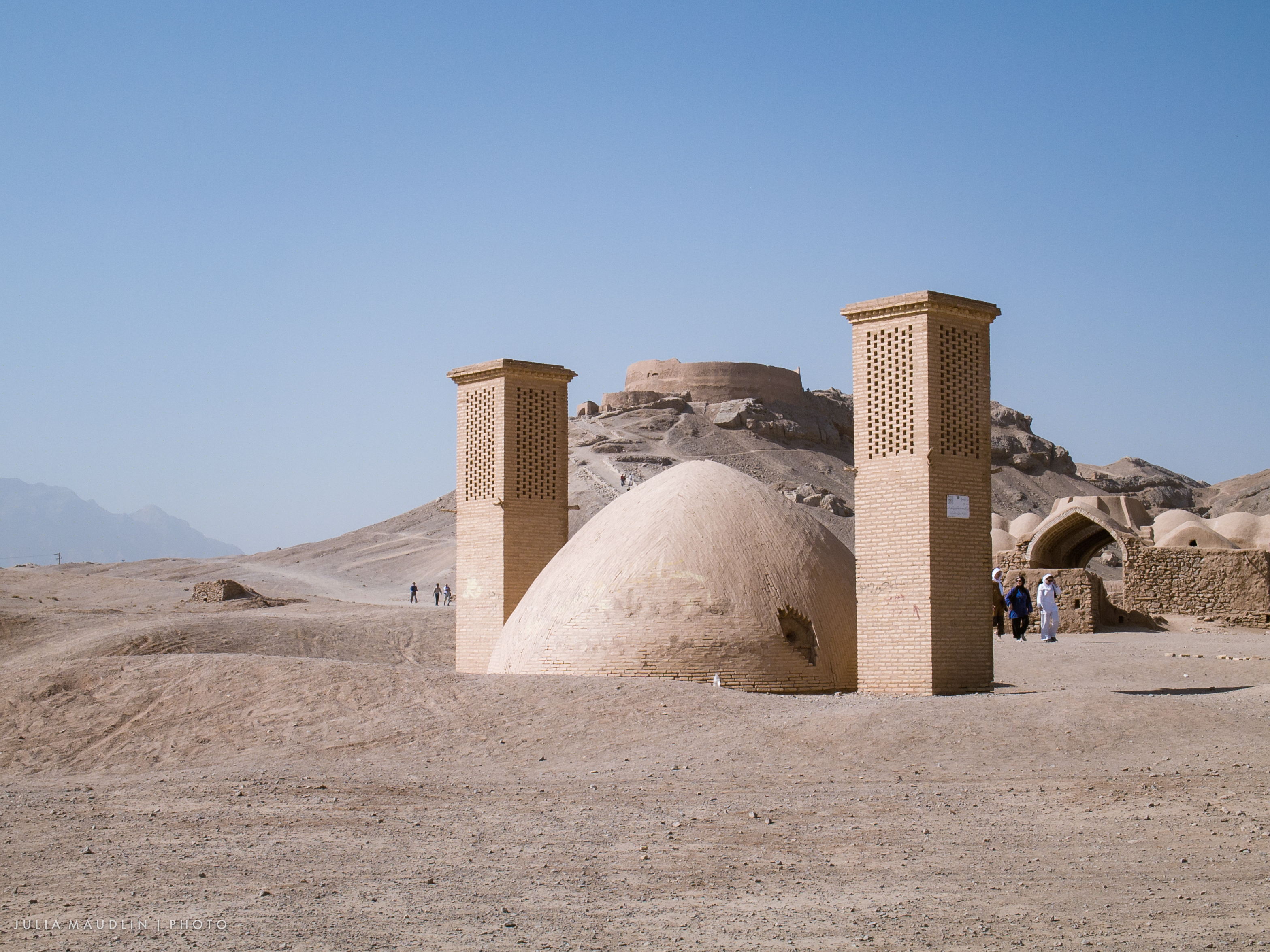 Wikimedia Commons
Wikimedia Commons
14. Cimitero Monumentale, Milan, Italy (c. 19th century CE)
With its impressive mausoleums, sculptures, and elaborate tombs, Milan's Monumental Cemetery is a veritable open-air art gallery. It houses the remains of many prominent figures from Italian history.
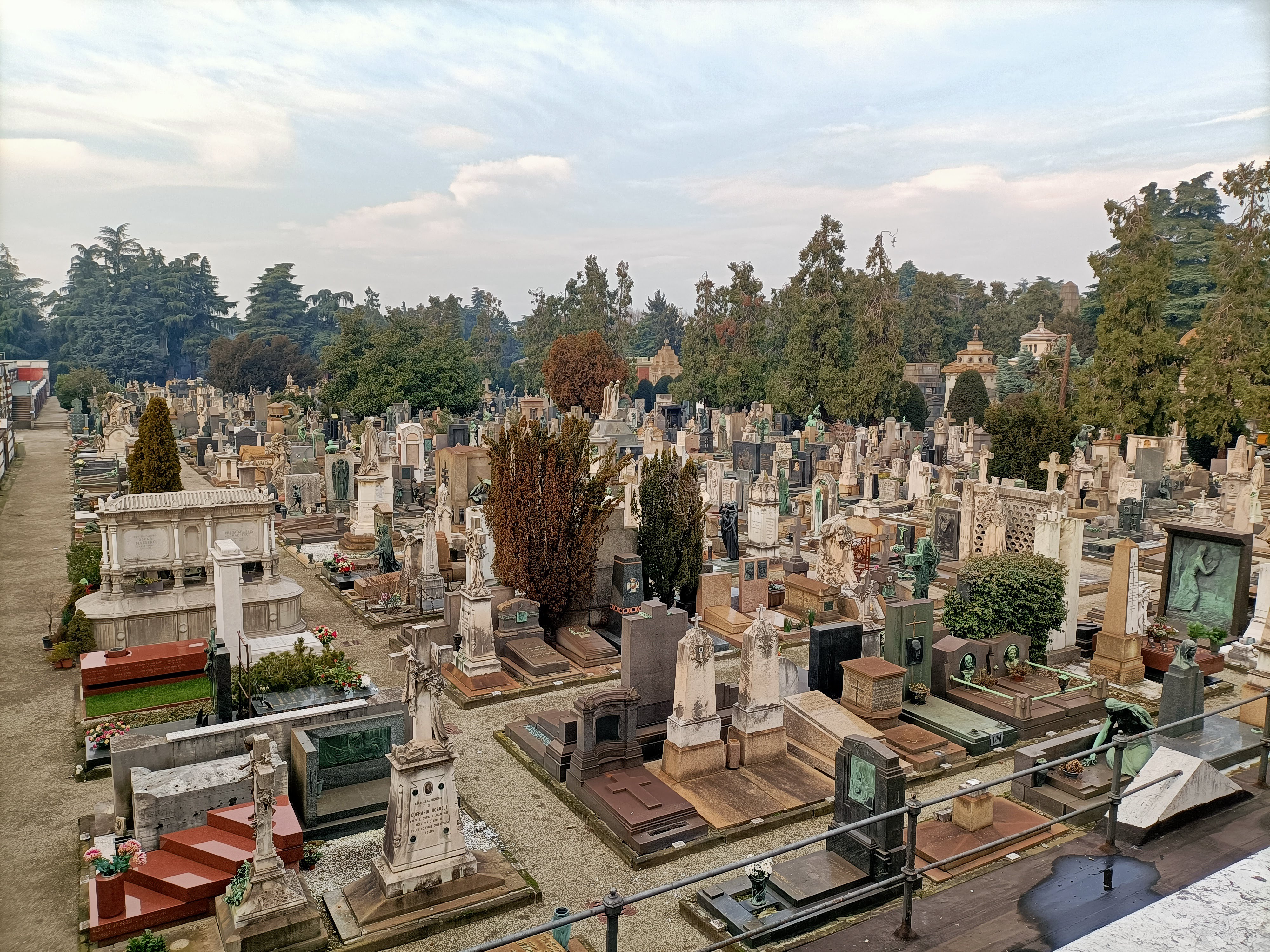 Wikimedia Commons
Wikimedia Commons
15. Great Serpent Mound, Ohio, USA (c. 1000 BCE)
This massive earthwork in Ohio is shaped like a serpent swallowing an egg. While its purpose remains debated, some believe it could be related to ancient burial practices or astronomical observations.
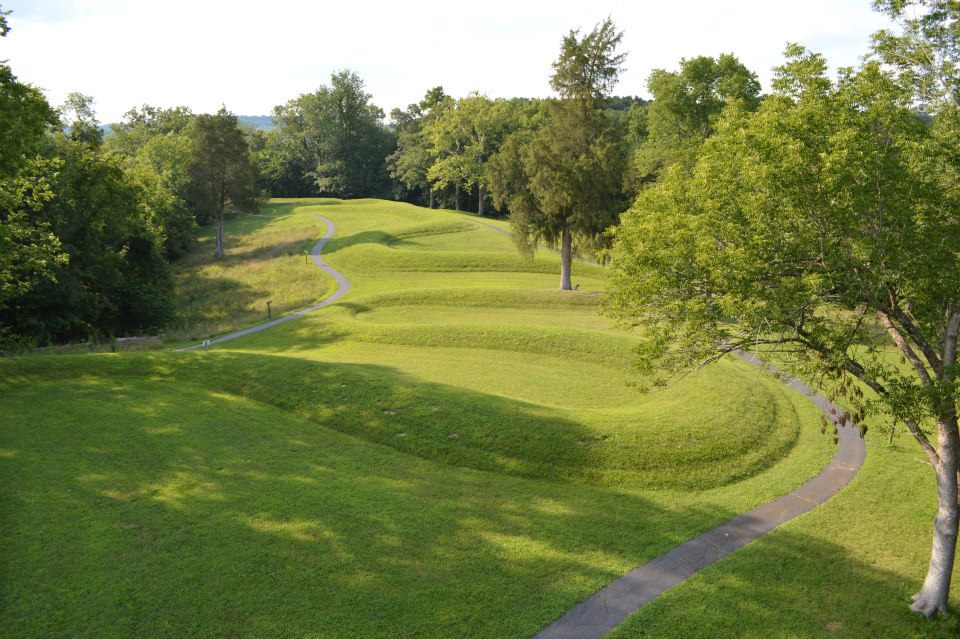 Wikimedia Commons
Wikimedia Commons
16. Qunu, Eastern Cape, South Africa (c. 20th century CE)
Nelson Mandela's final resting place in his childhood village of Qunu is a symbol of South African history and the struggle for freedom. His simple gravesite reflects his humility and the values he upheld.
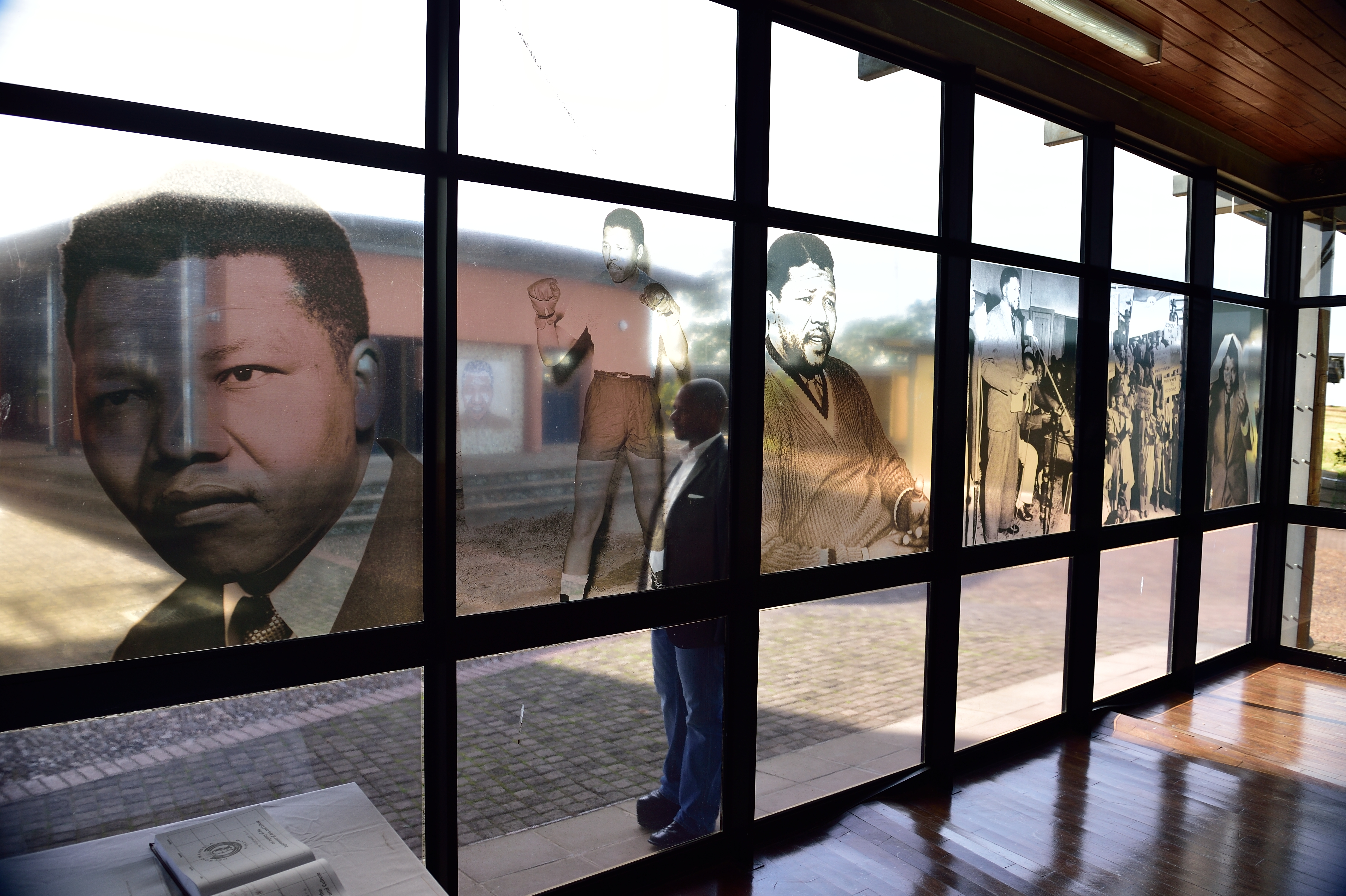 Wikimedia Commons
Wikimedia Commons
17. Necropolis of Banditaccia, Italy (c. 9th-3rd centuries BCE)
This ancient Etruscan burial site in Cerveteri is known for its rock-cut chamber tombs and intricate funerary art. The Etruscans' belief in the afterlife is beautifully preserved here.
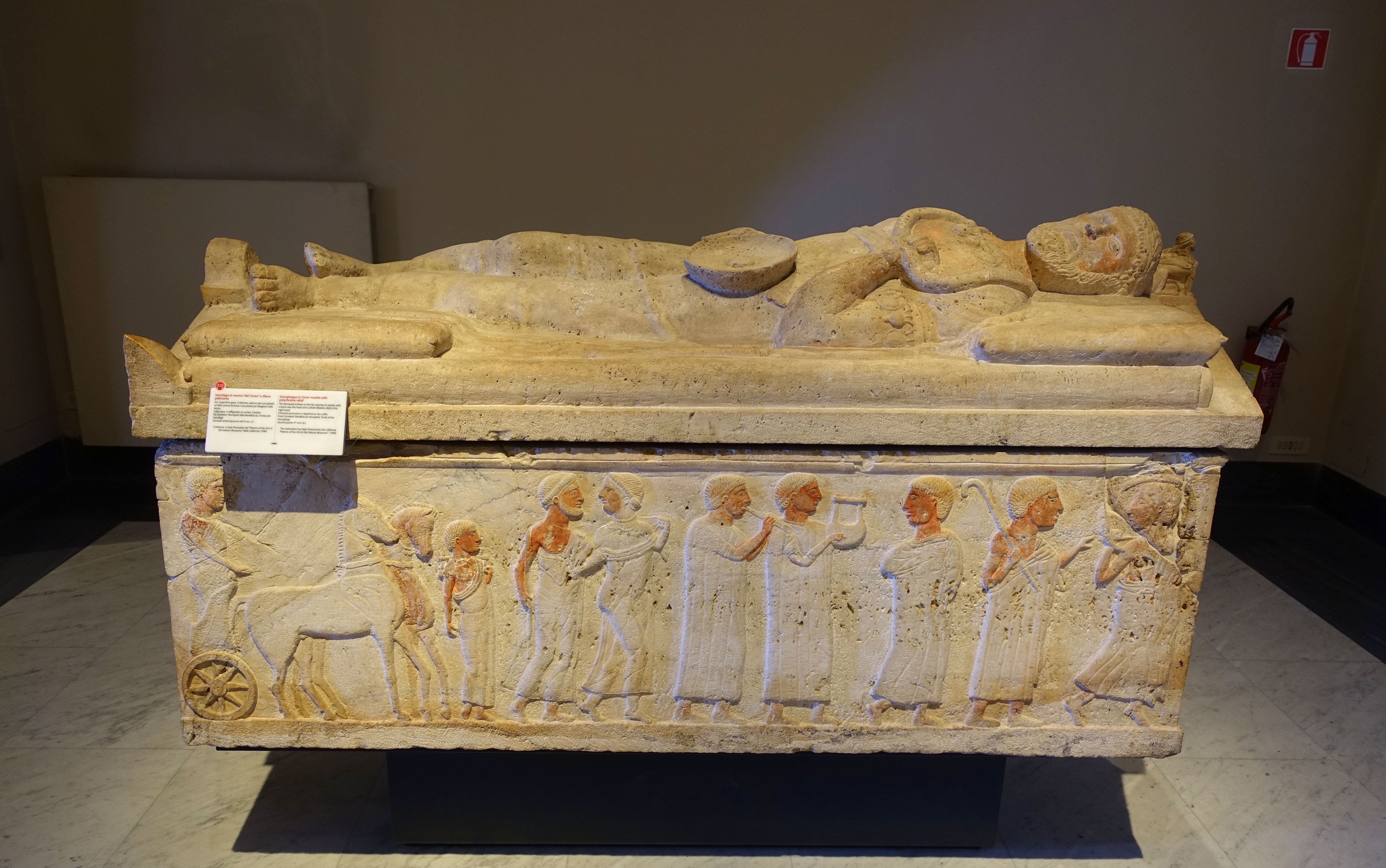 Wikimedia Commons
Wikimedia Commons
18. Merry Cemetery, Romania (c. 20th century CE)
Located in Maramureș, this unconventional graveyard is filled with colorful tombstones adorned with humorous epitaphs that celebrate the lives of the deceased. It's a cheerful place that celebrates life rather than mourning death.
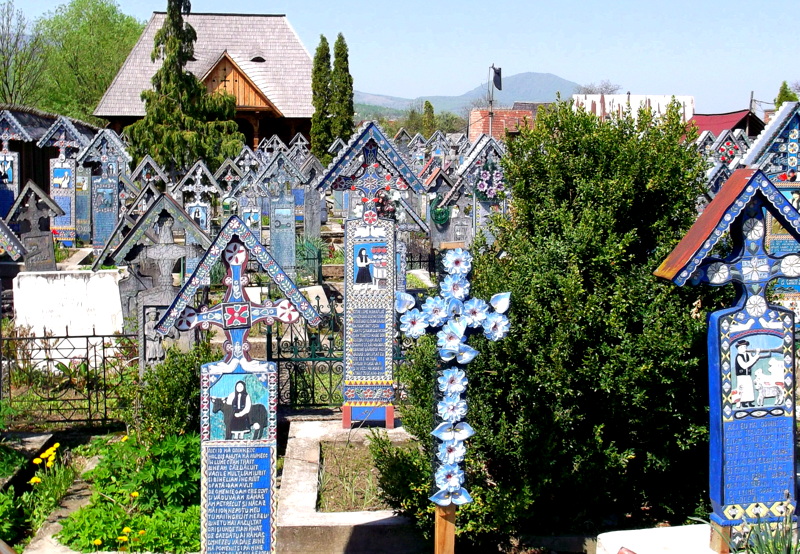 Wikimedia Commons
Wikimedia Commons
19. Newgrange, Ireland (c. 32nd century BCE)
Newgrange is a prehistoric tomb mound older than Stonehenge and the Egyptian pyramids. On the winter solstice, sunlight illuminates the inner chamber, revealing the ancient builders' astronomical knowledge.
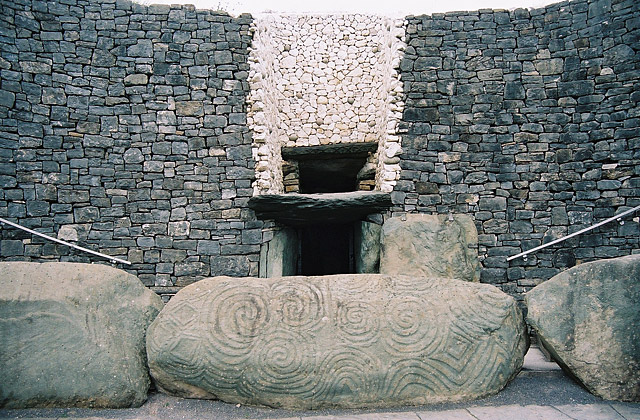 Wikimedia Commons
Wikimedia Commons
20. Forest Lawn Memorial Park, California, USA (c. 20th century CE)
Known for its picturesque landscapes and ornate mausoleums, Forest Lawn Memorial Park in Glendale is the final resting place of many Hollywood legends, making it a unique piece of American cultural history.
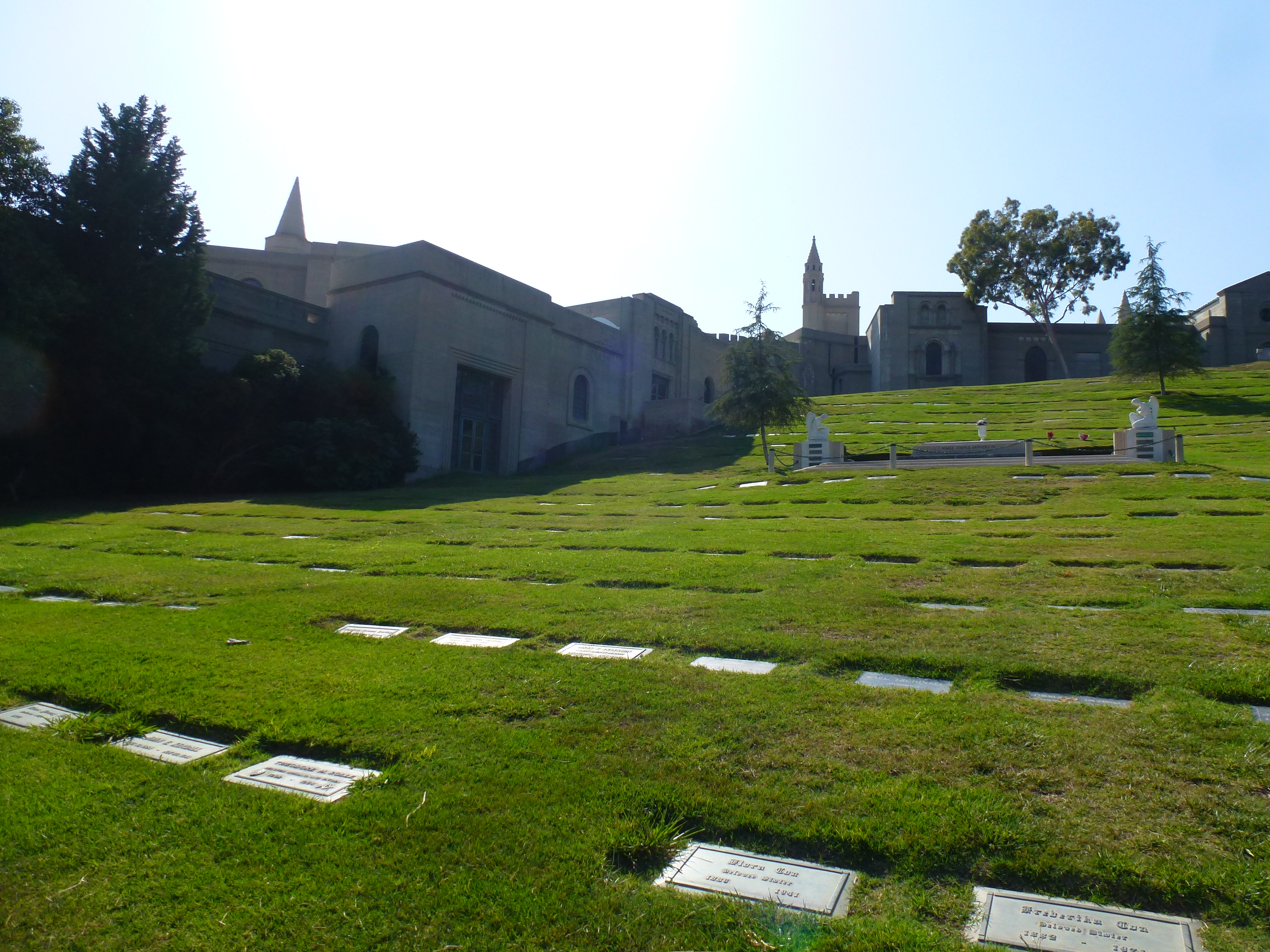 Wikimedia Commons
Wikimedia Commons
21. Taj Mahal, India (c. 17th century CE)
While the Taj Mahal is celebrated as a monument of love, it also houses the tombs of Shah Jahan and Mumtaz Mahal. The intricate marble mausoleum reflects the opulence of the Mughal Empire.
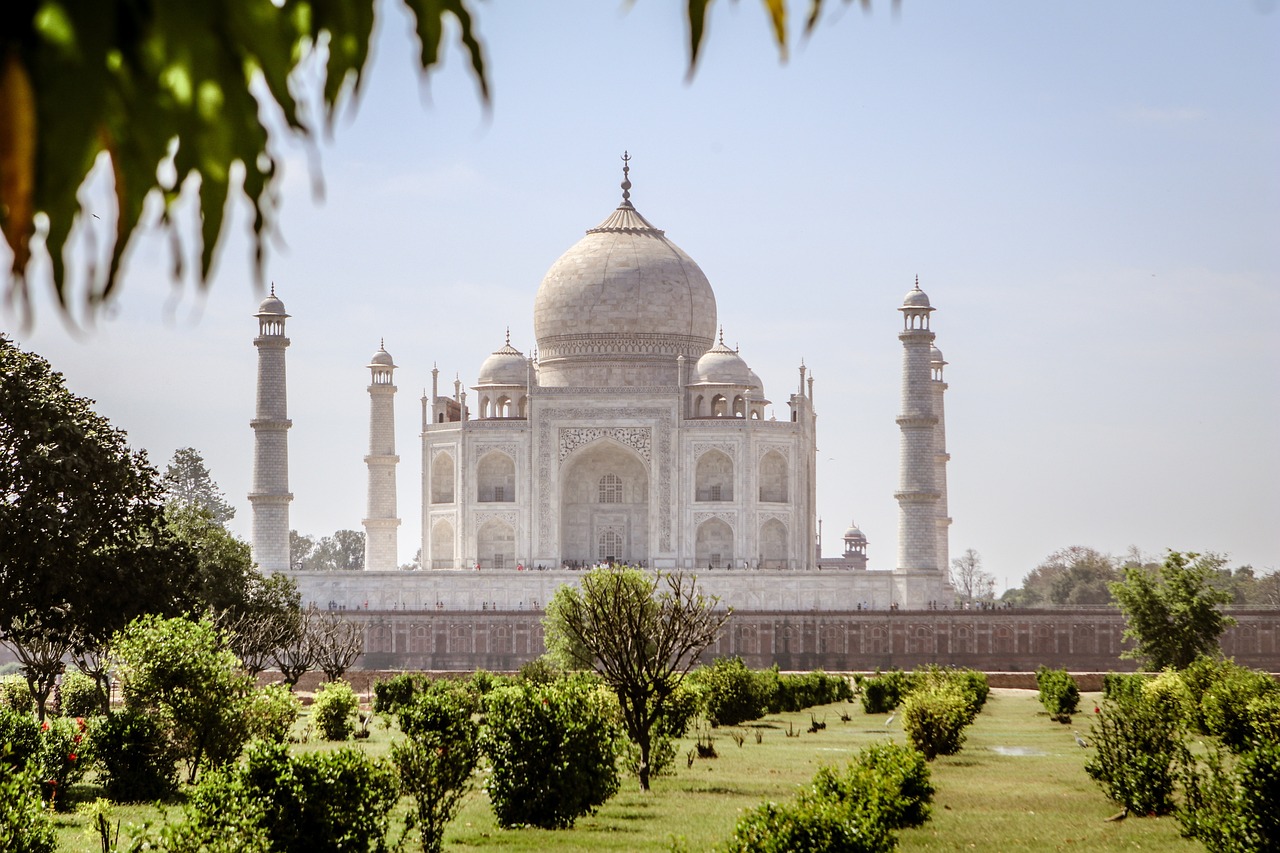 Image by Ma_Frank from Pixabay
Image by Ma_Frank from Pixabay
22. Royal Burial Ground of Ur, Iraq (c. 26th century BCE)
The ancient city of Ur is famous for its royal tombs, including that of Queen Puabi. These graves contain incredible treasures and offer a glimpse into the luxurious lives of Sumerian royalty.
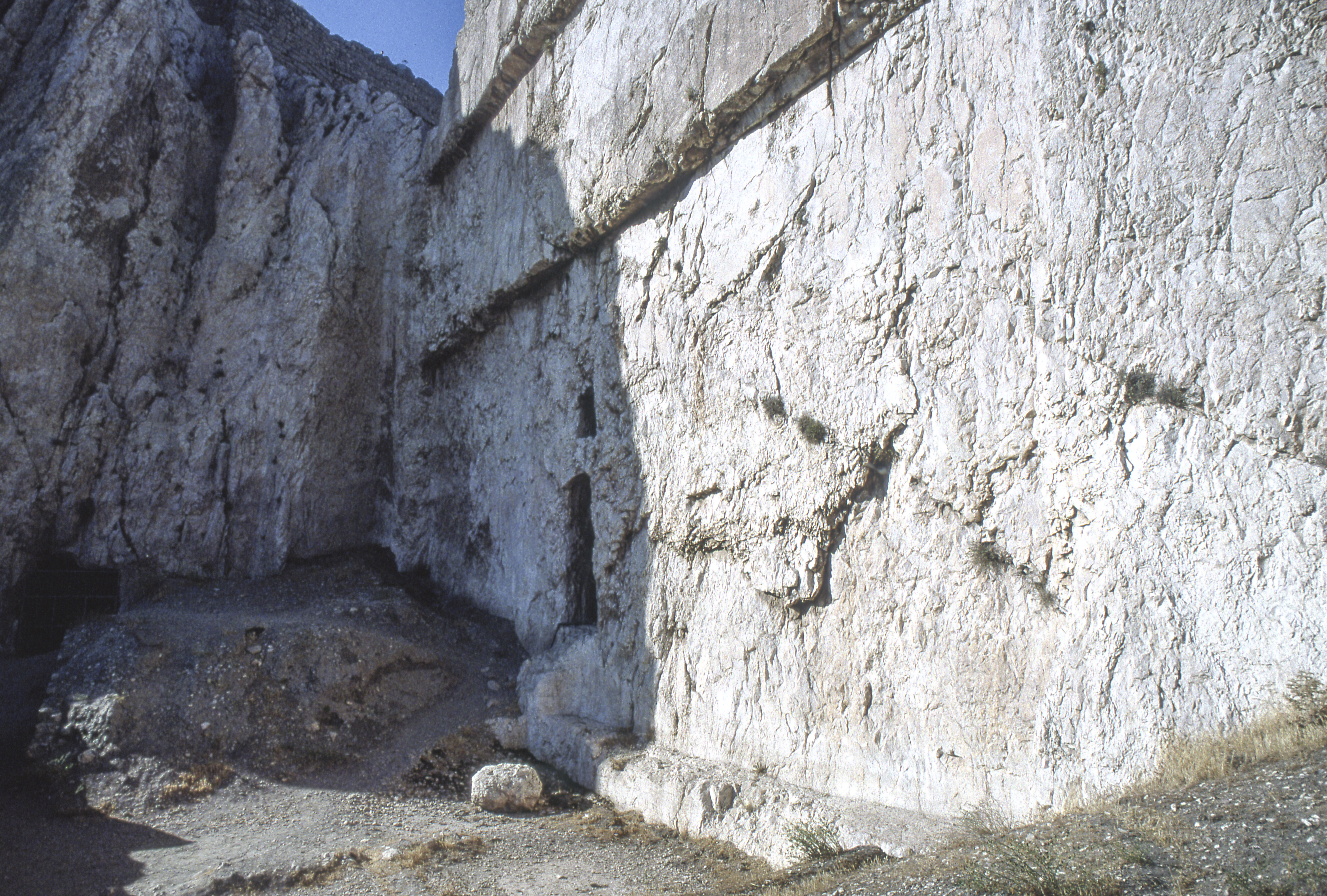 Wikimedia Commons
Wikimedia Commons
23. Monument Cemetery, Philadelphia, USA (c. 19th century CE)
Monument Cemetery was a prominent burial ground in 19th-century Philadelphia, with beautifully crafted monuments and sculptures. It fell into disrepair but is now undergoing restoration efforts.
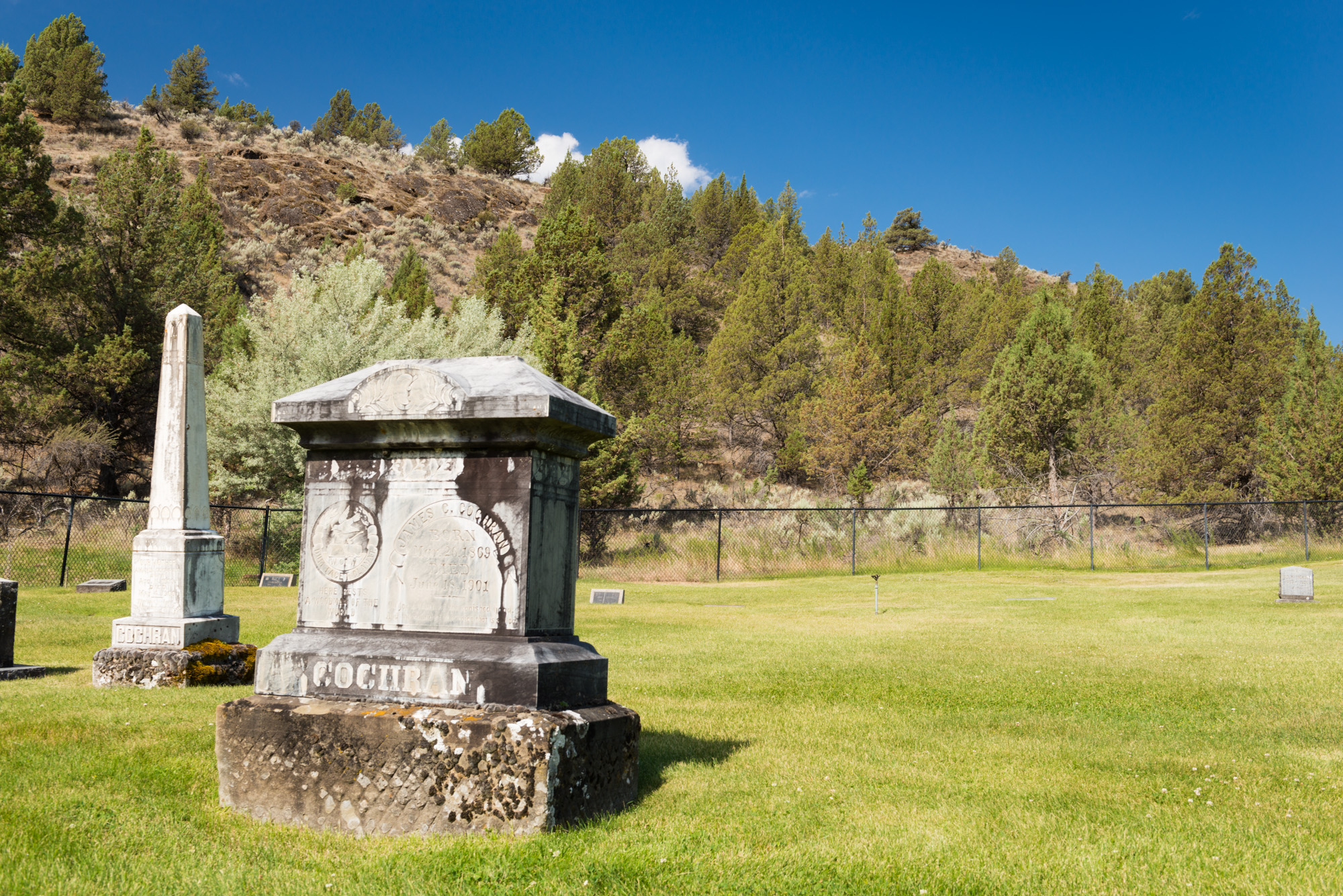 Wikimedia Commons
Wikimedia Commons
24. Wailing Wall (Western Wall), Jerusalem, Israel (c. 1st century BCE)
The Western Wall is a sacred site for Jews and holds great historical significance. Many believe it to be a remnant of the Second Temple, and visitors leave prayers in its crevices.
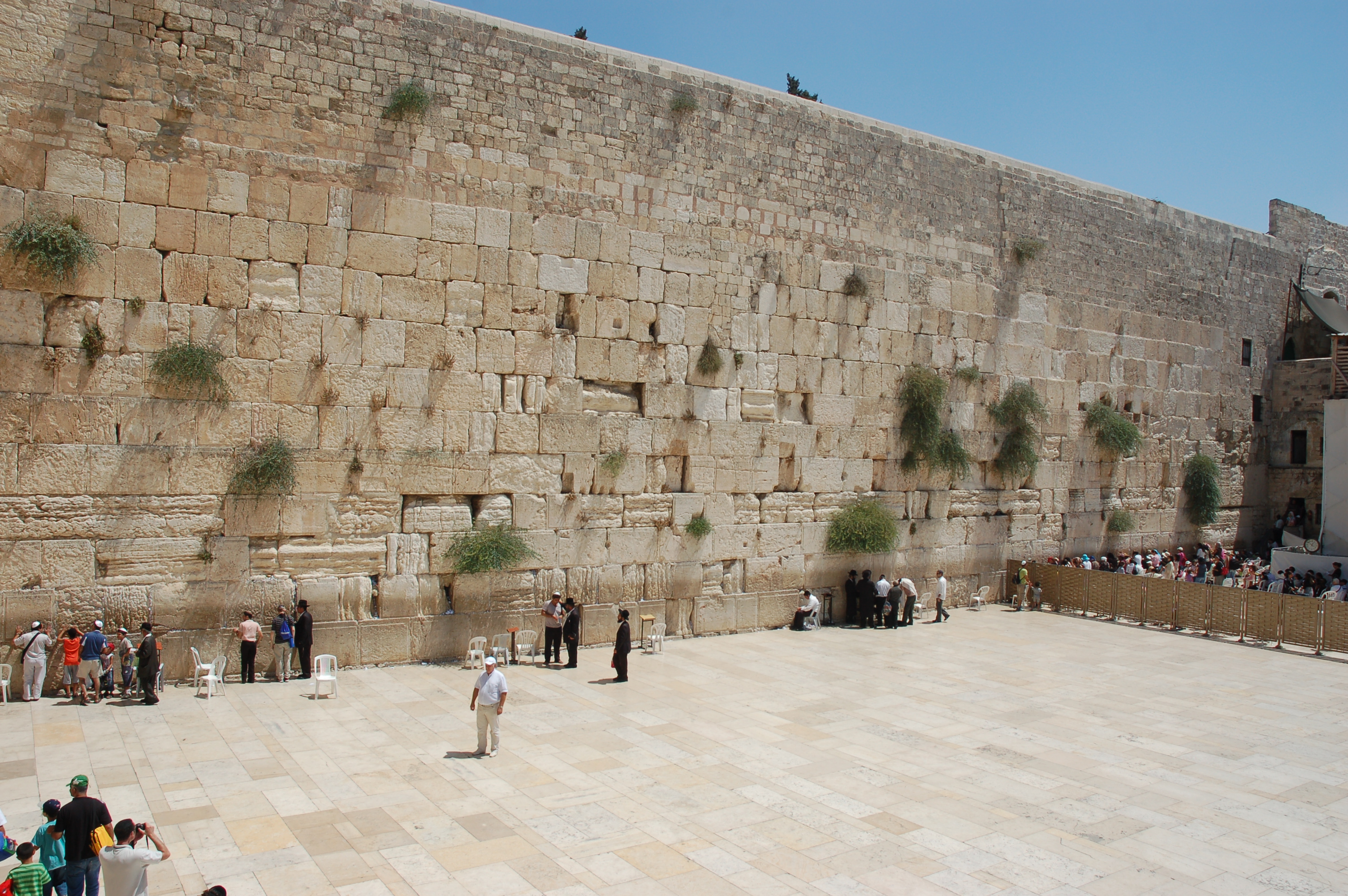 Wikimedia Commons
Wikimedia Commons
25. Pantheon, Rome, Italy (c. 2nd century CE)
The Pantheon is not just an architectural marvel; it also contains the tombs of several Italian kings and notable figures, including the Renaissance artist Raphael.
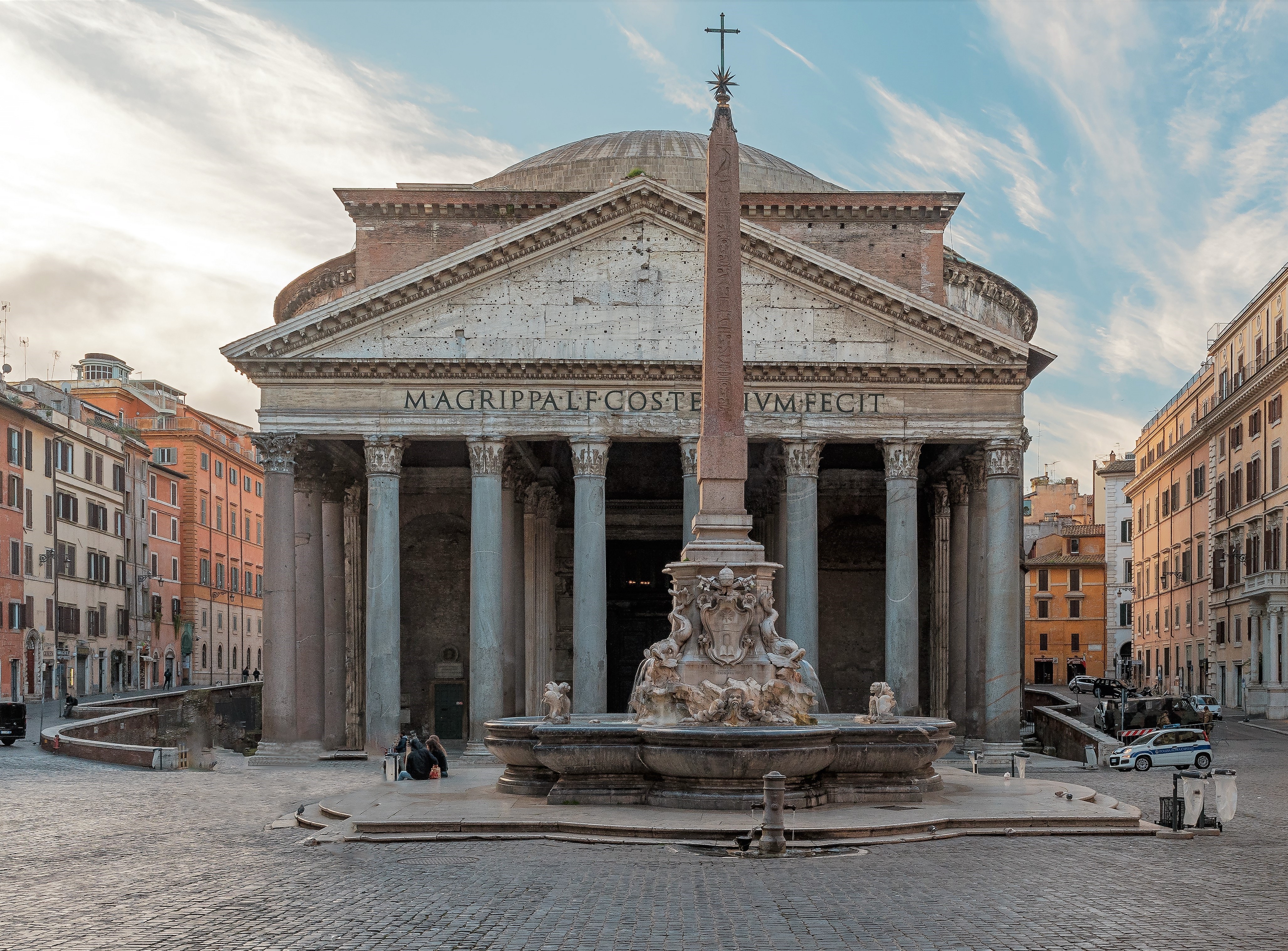 Wikimedia Commons
Wikimedia Commons
26. Hulbjerg Jættestue, Denmark (c. 4,500-3,300 BCE)
The Hulbjerg dolmen is one of Denmark's oldest megalithic tombs. It is a prime example of Neolithic burial practices, with its massive stone slabs and communal graves.
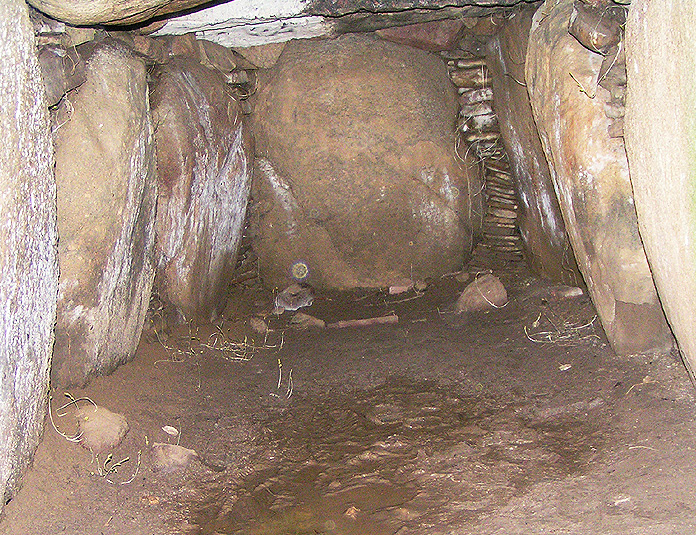 Wikimedia Commons
Wikimedia Commons
27. Ossuary of Sedlec, Czech Republic (c. 13th century CE)
The Sedlec Ossuary is a macabre masterpiece adorned with the bones of 40,000 to 70,000 people. It's a testament to the human fascination with mortality and the afterlife.
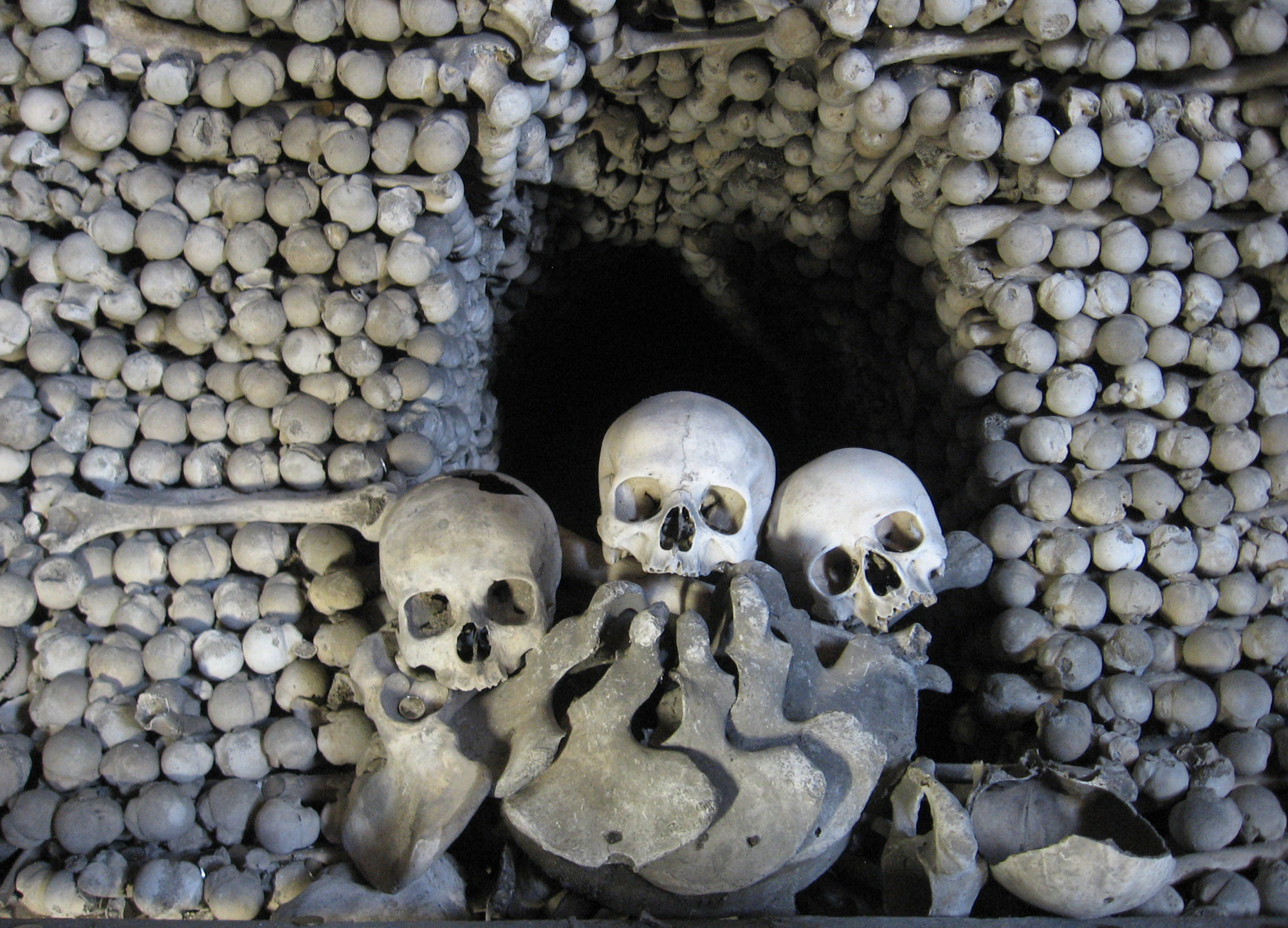 Wikimedia Commons
Wikimedia Commons
28. Arlington National Cemetery, Virginia, USA (c. 19th century CE)
Arlington National Cemetery is the final resting place for thousands of U.S. military veterans, including President John F. Kennedy. Its solemn rows of white headstones pay tribute to those who served their nation.
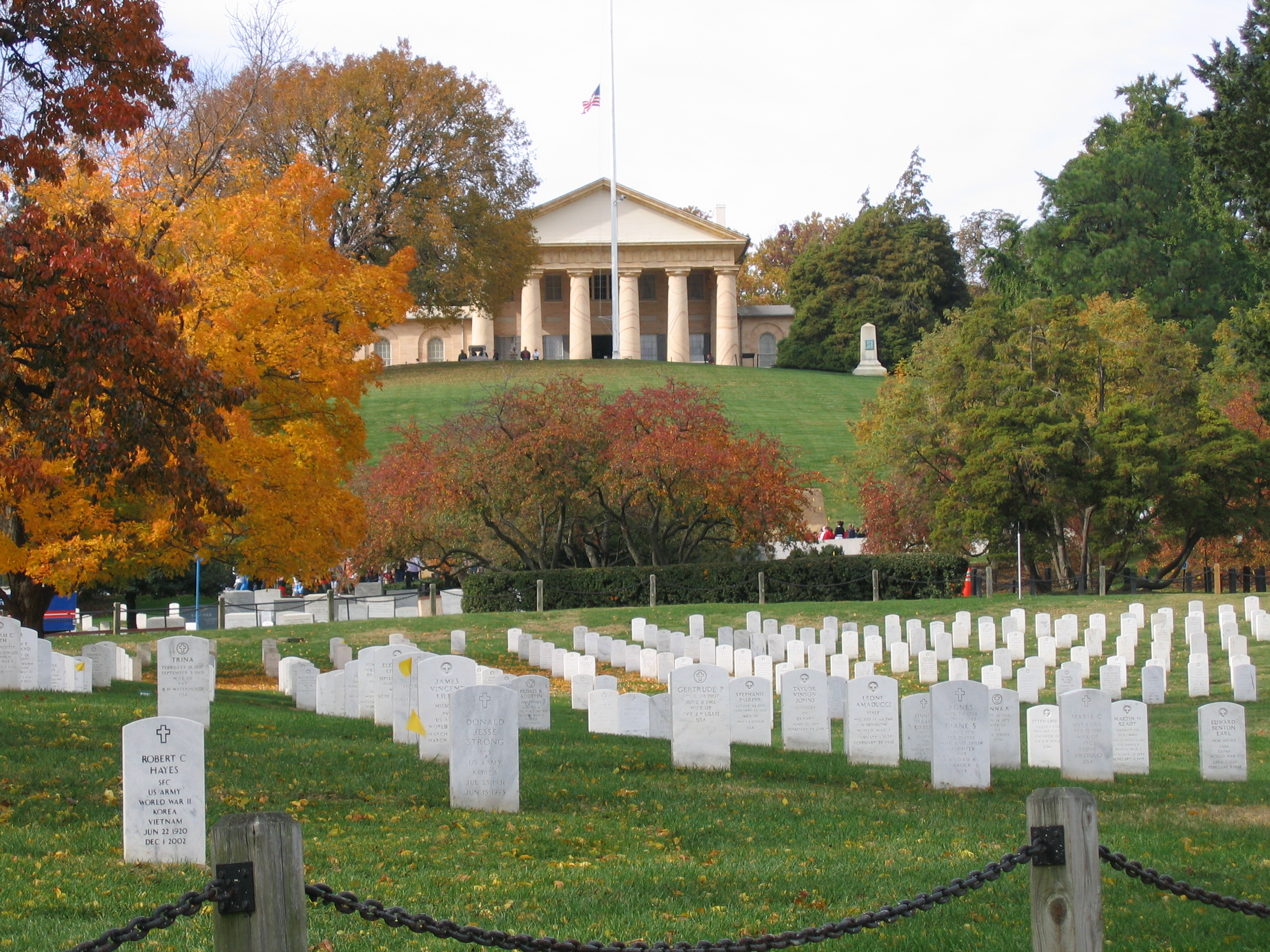 Arlington National Cemetery
Arlington National Cemetery
29. Batavia Cemetery, Jakarta, Indonesia (c. 17th century CE)
The Batavia Cemetery, also known as Taman Prasasti Museum, contains tombs from the Dutch colonial era. It offers a glimpse into the lives of early European settlers in the Indonesian archipelago.
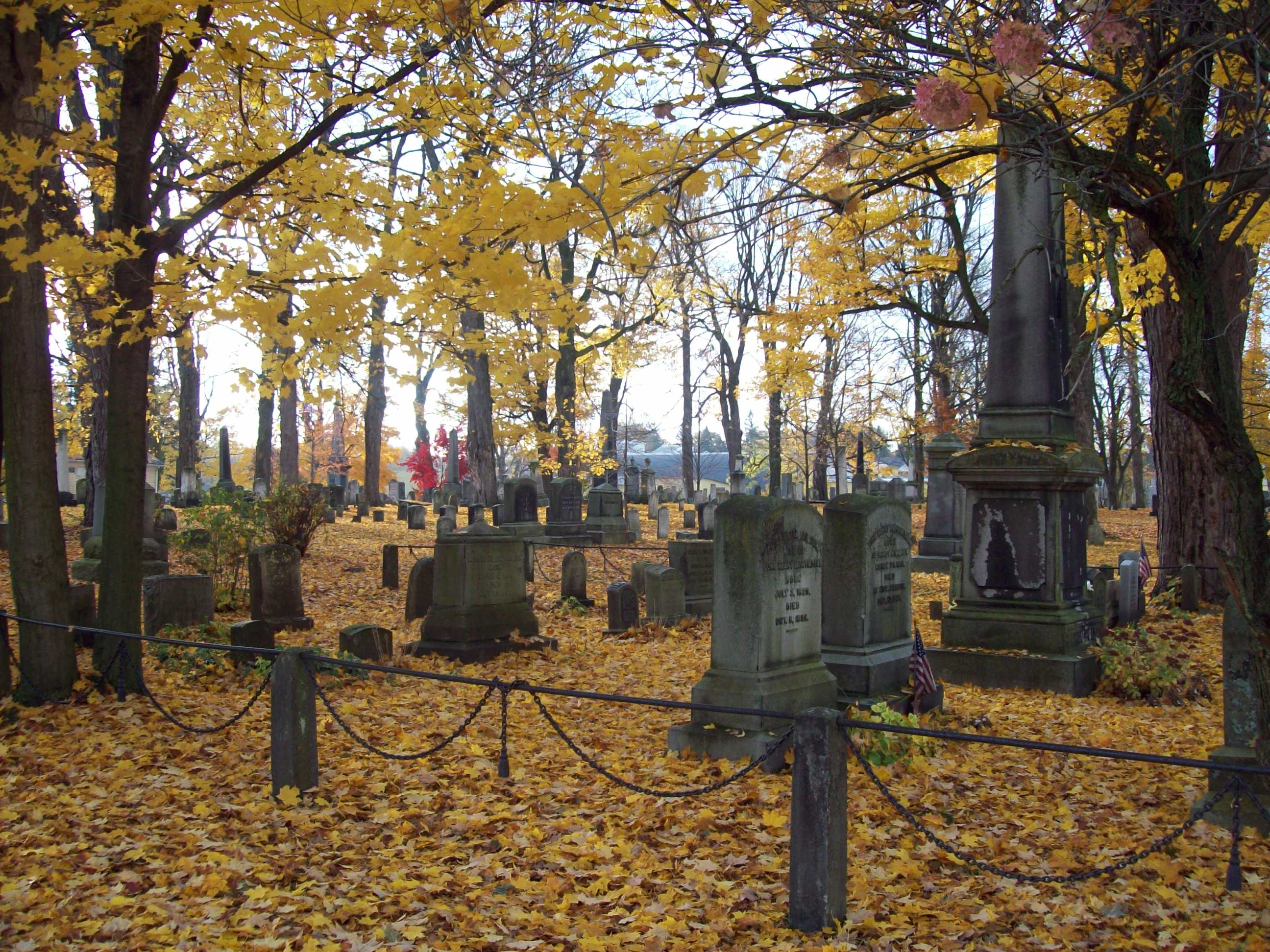 Wikimedia Commons
Wikimedia Commons
30. Lajia Ruins, China (c. 2,000 BCE)
The Lajia archaeological site is notable for its well-preserved burials from the Bronze Age. These graves contain skeletons, pottery, and precious artifacts, shedding light on ancient Chinese culture.
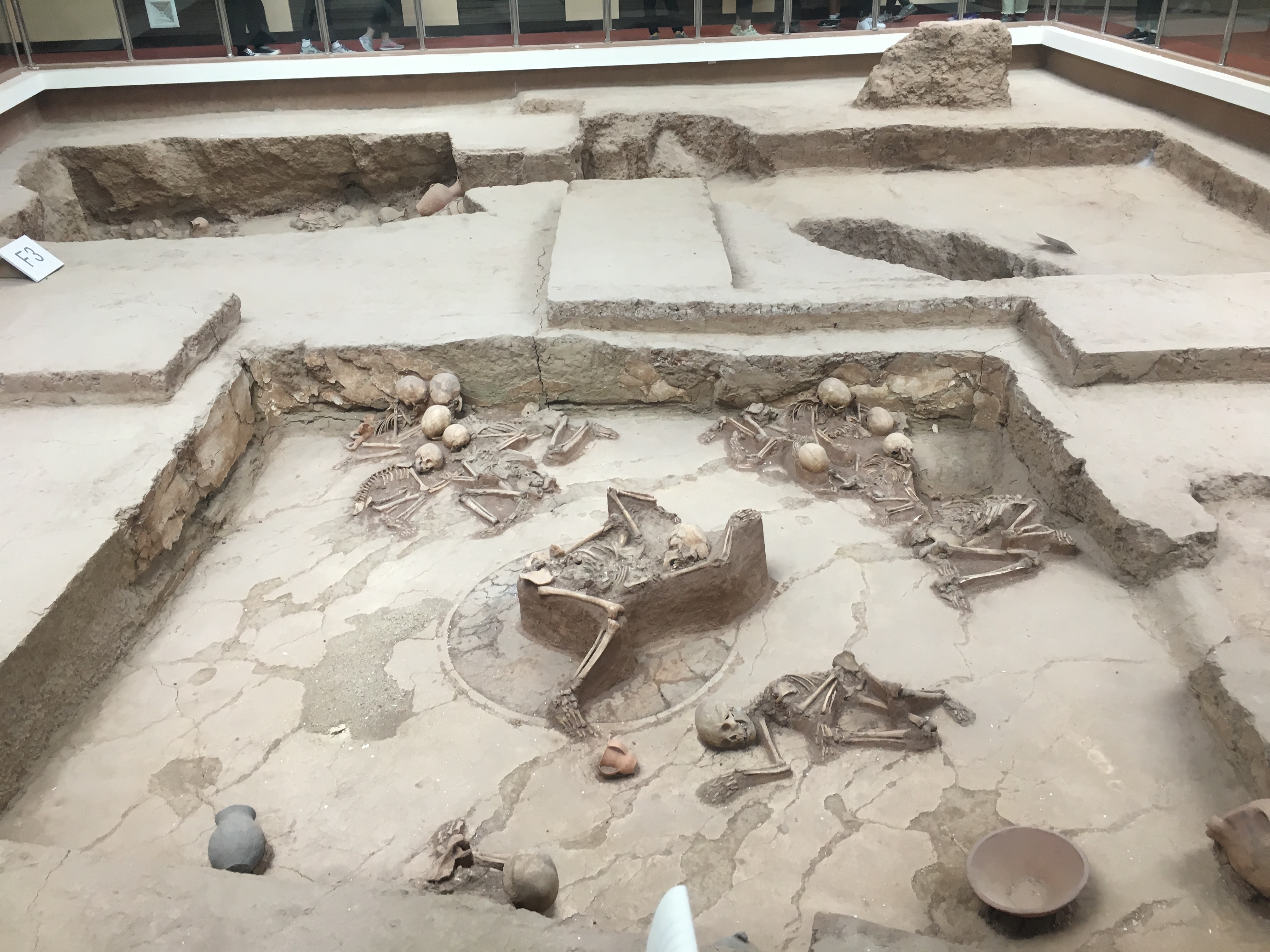 Wikimedia Commons
Wikimedia Commons
31. Père Lachaise Cemetery, Paris, France (c. 19th century CE)
Père Lachaise Cemetery is renowned for its picturesque layout, grand mausoleums, and the final resting places of numerous famous figures, including Jim Morrison, Oscar Wilde, and Edith Piaf. The cemetery's tranquil atmosphere and beautifully landscaped pathways make it a peaceful oasis in the heart of Paris.
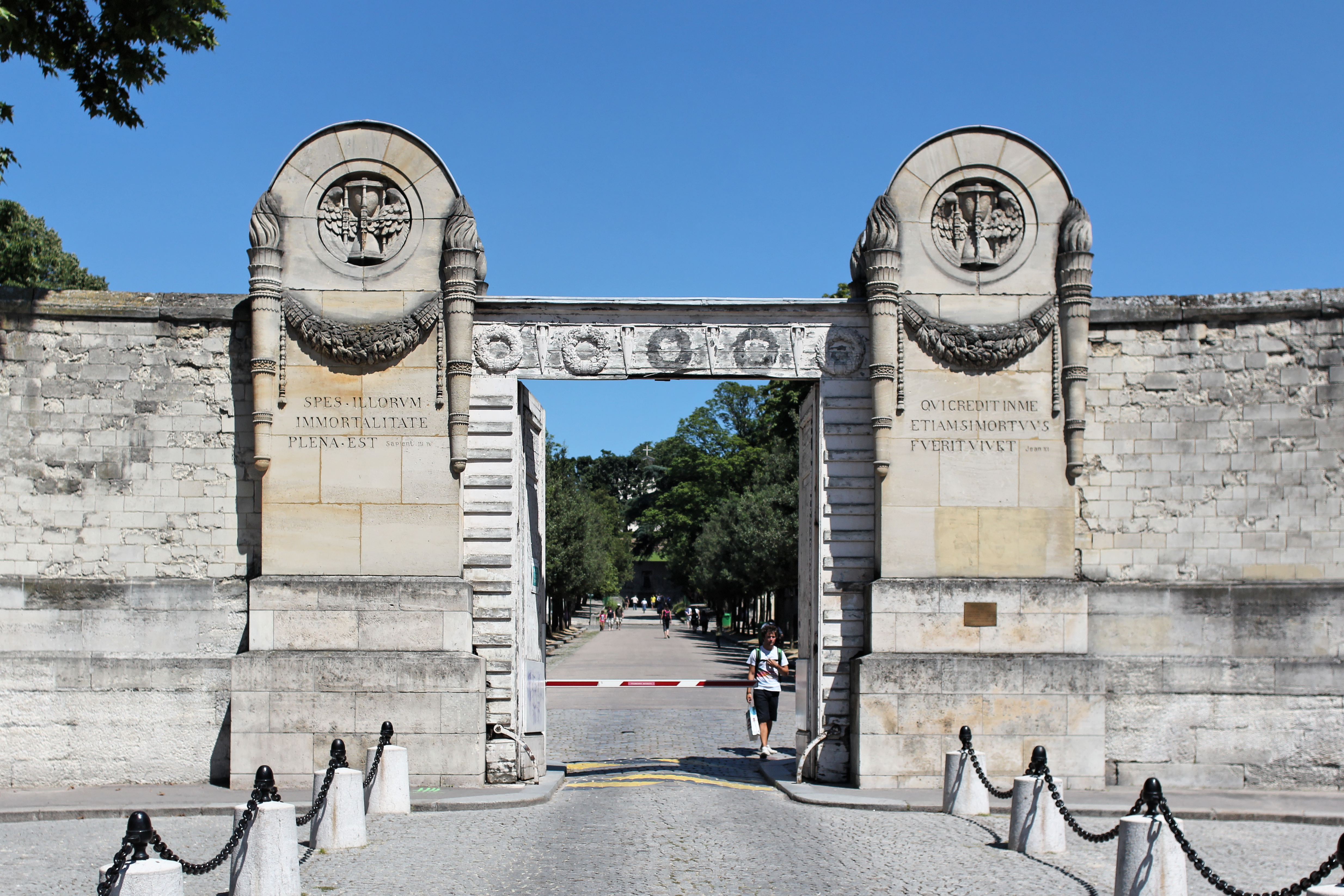 Wikimedia Commons
Wikimedia Commons
32. Tikal, Guatemala (c. 4th century BCE)
The ancient Mayan city of Tikal features several burial mounds, including those of kings and nobles. These tombs reveal the intricate burial rituals and beliefs of the Mayan civilization.
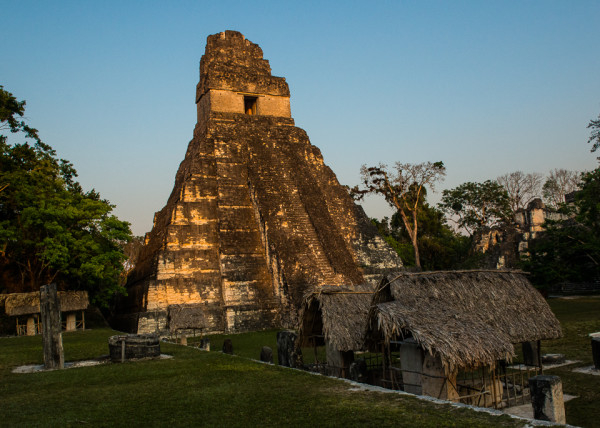 Wikimedia Commons
Wikimedia Commons
33. Highgate Cemetery, London, UK (c. 19th century CE)
Highgate Cemetery is a Victorian gem filled with Gothic architecture and lush greenery. It's the final resting place of notable figures like Karl Marx and George Eliot, making it a literary and historical treasure.
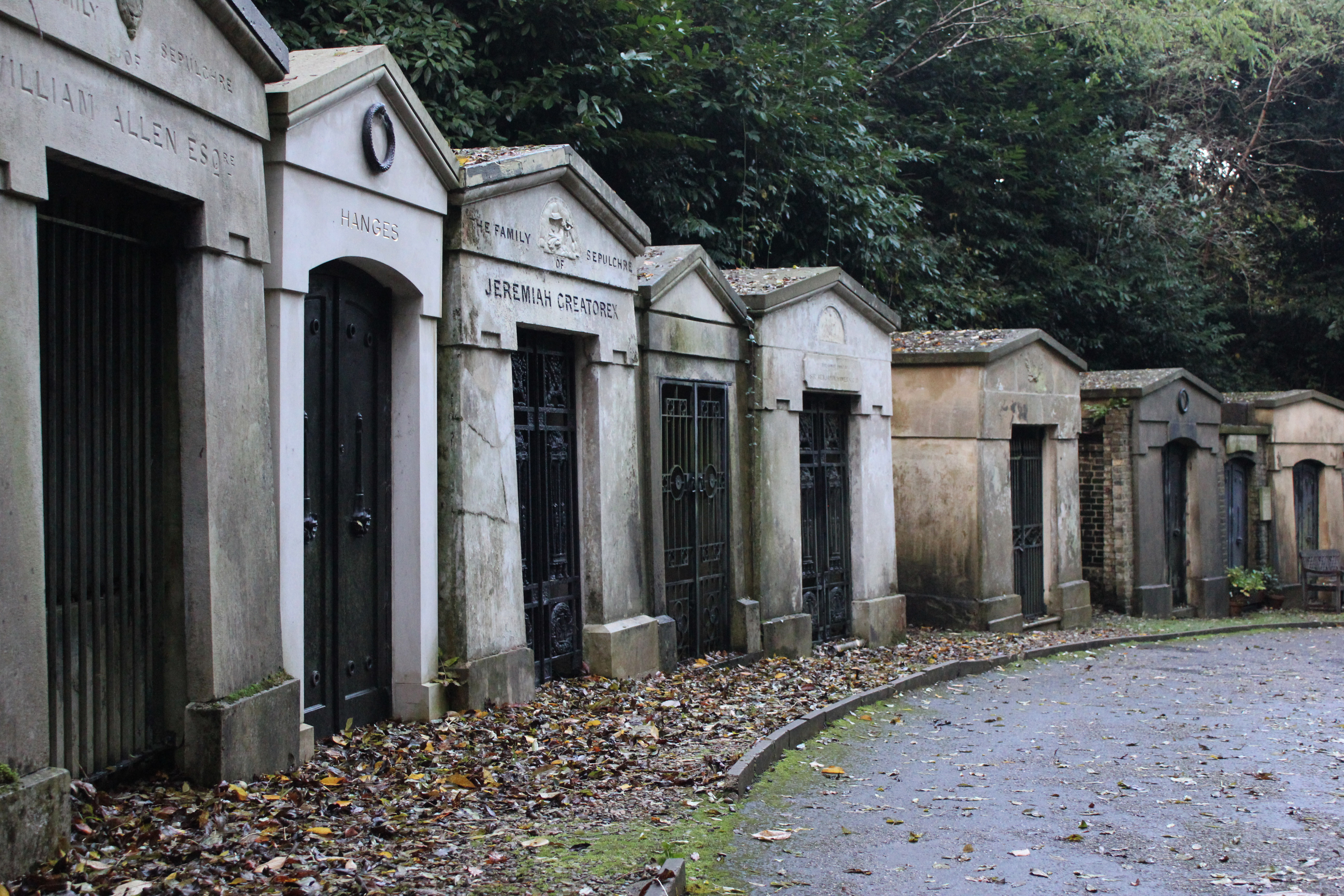 Wikimedia Commons
Wikimedia Commons
34. Qumran Caves, Israel (c. 2nd century BCE - 1st century CE)
The Qumran Caves are famous for the discovery of the Dead Sea Scrolls, but they also contain ancient burials. These graves offer insights into the religious community that produced the scrolls.
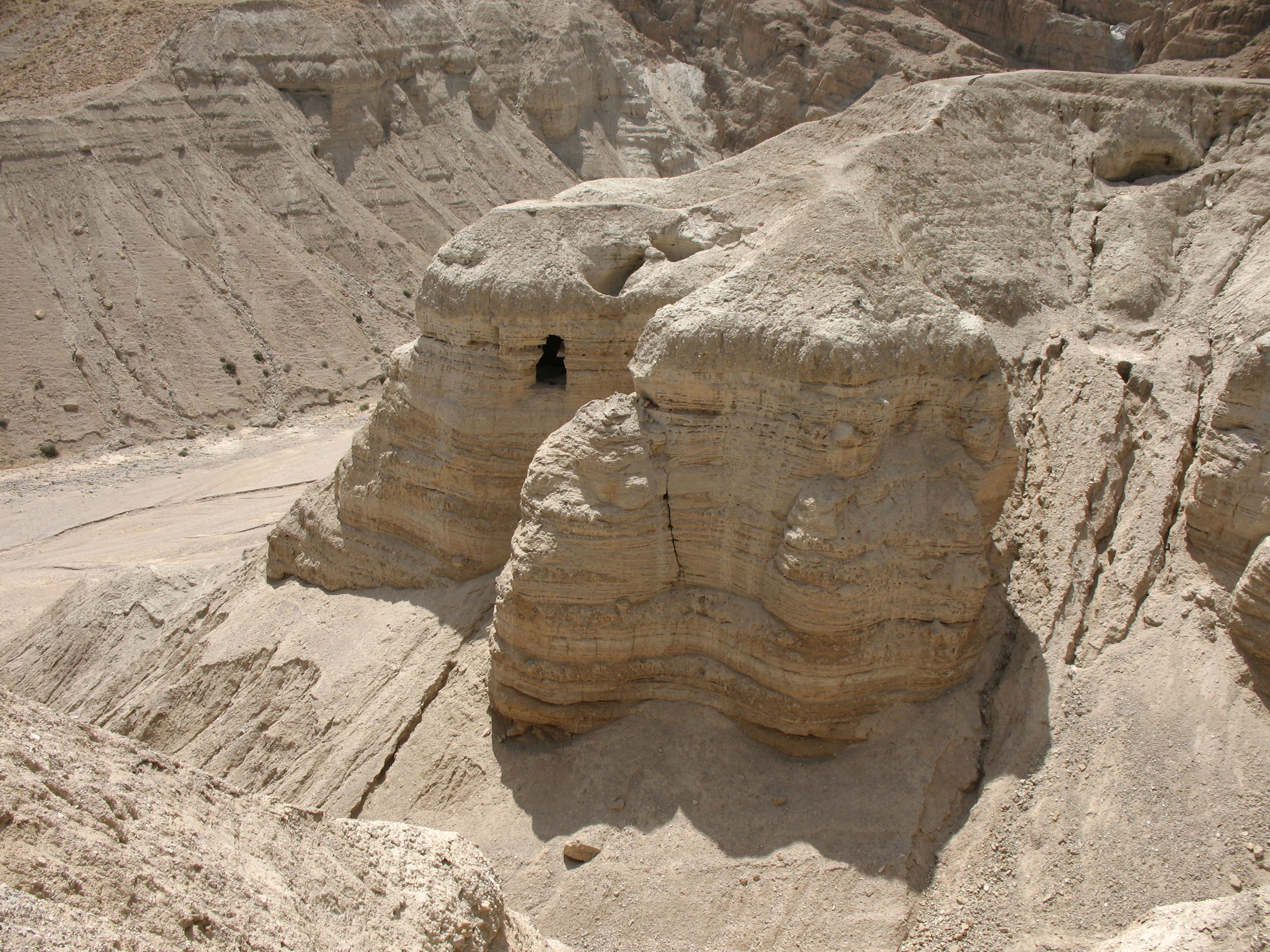 Wikimedia Commons
Wikimedia Commons
35. Mesa Verde, Colorado, USA (c. 6th-12th centuries CE)
Mesa Verde is home to the cliff dwellings of the ancestral Puebloans. These ancient structures also served as burial sites, showcasing their deep connection to the land.
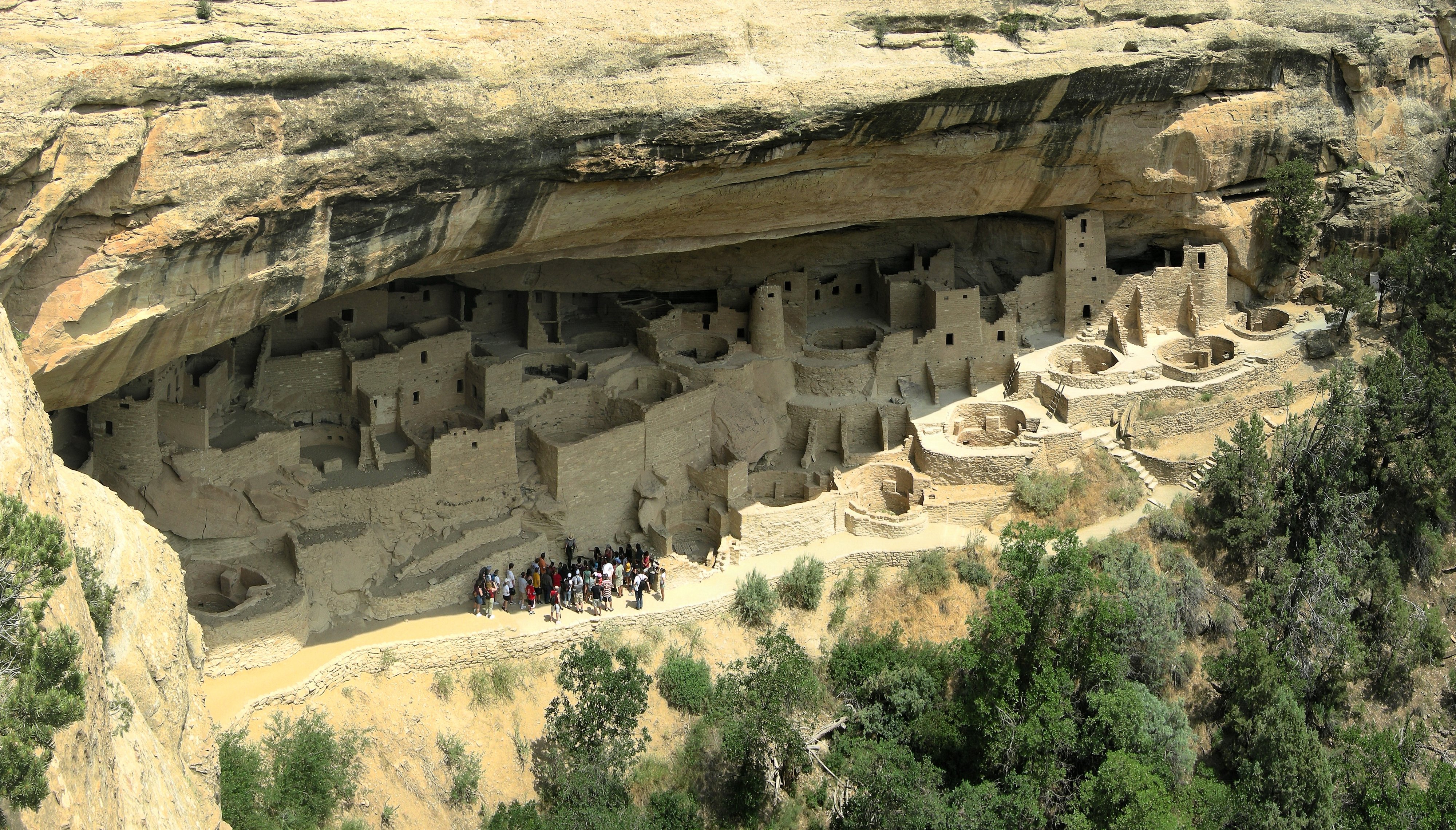 Wikimedia Commons
Wikimedia Commons
36. Vieux Carré Cemetery (St. Louis Cemetery No. 1), New Orleans, USA (c. 18th century CE)
New Orleans' oldest cemetery is a labyrinth of above-ground tombs. It's known for its voodoo connections and the final resting place of Marie Laveau, the famous Voodoo Queen.
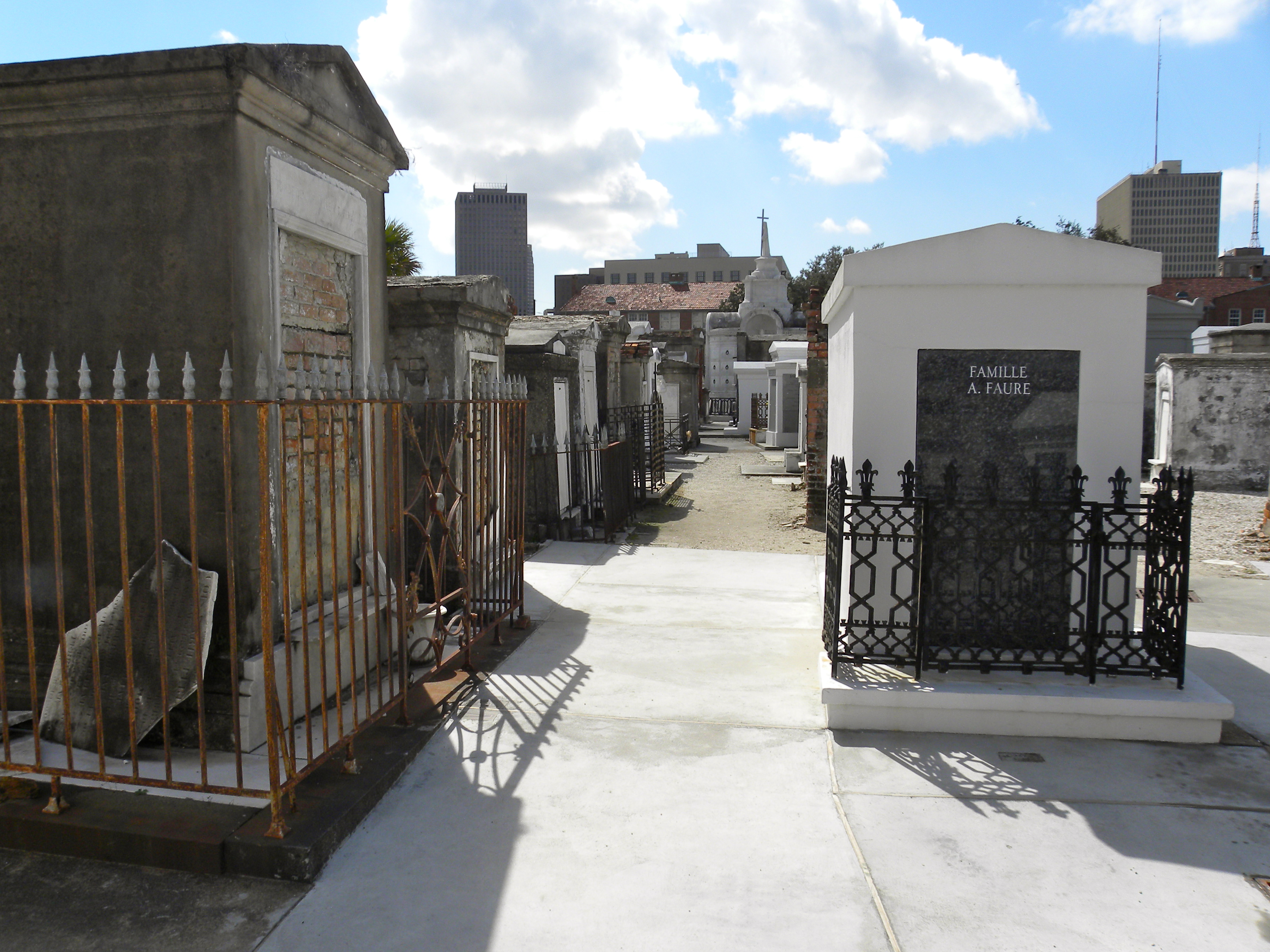 Wikimedia Commons
Wikimedia Commons
37. Domus Aurea, Rome, Italy (c. 1st century CE)
Emperor Nero's extravagant palace complex, the Domus Aurea, also contained burial chambers for the imperial family. The site's opulence and excess are a testament to Nero's extravagance.
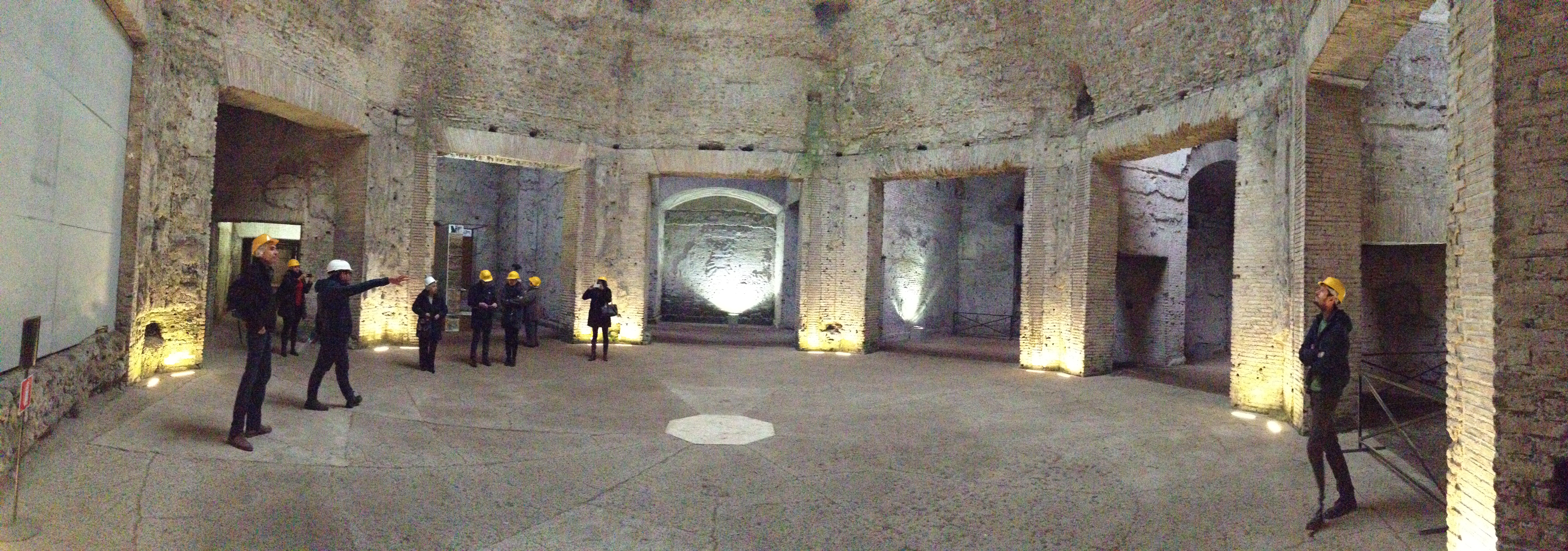 Wikimedia Commons
Wikimedia Commons
38. Megiddo, Israel (c. 15th-12th centuries BCE)
Megiddo, known for its biblical significance as Armageddon, contains ancient tombs and burial chambers. It's a place where history, myth, and archaeology intersect.
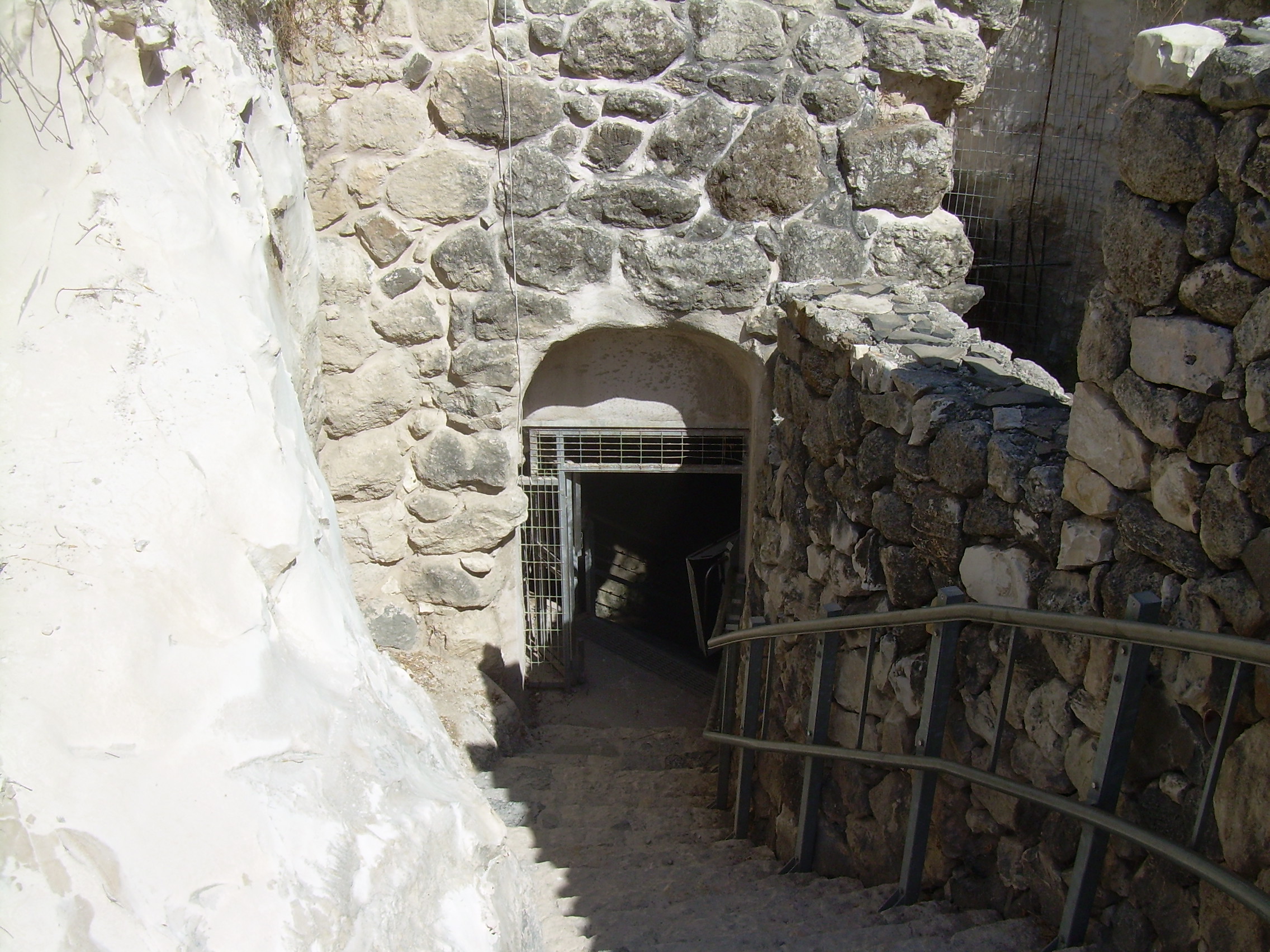 Wikimedia Commons
Wikimedia Commons
39. Lumbini, Nepal (c. 6th century BCE)
Lumbini is the birthplace of Siddhartha Gautama, who later became Buddha. His birth is commemorated by a sacred garden and a stone marker, making it a pilgrimage site for Buddhists.
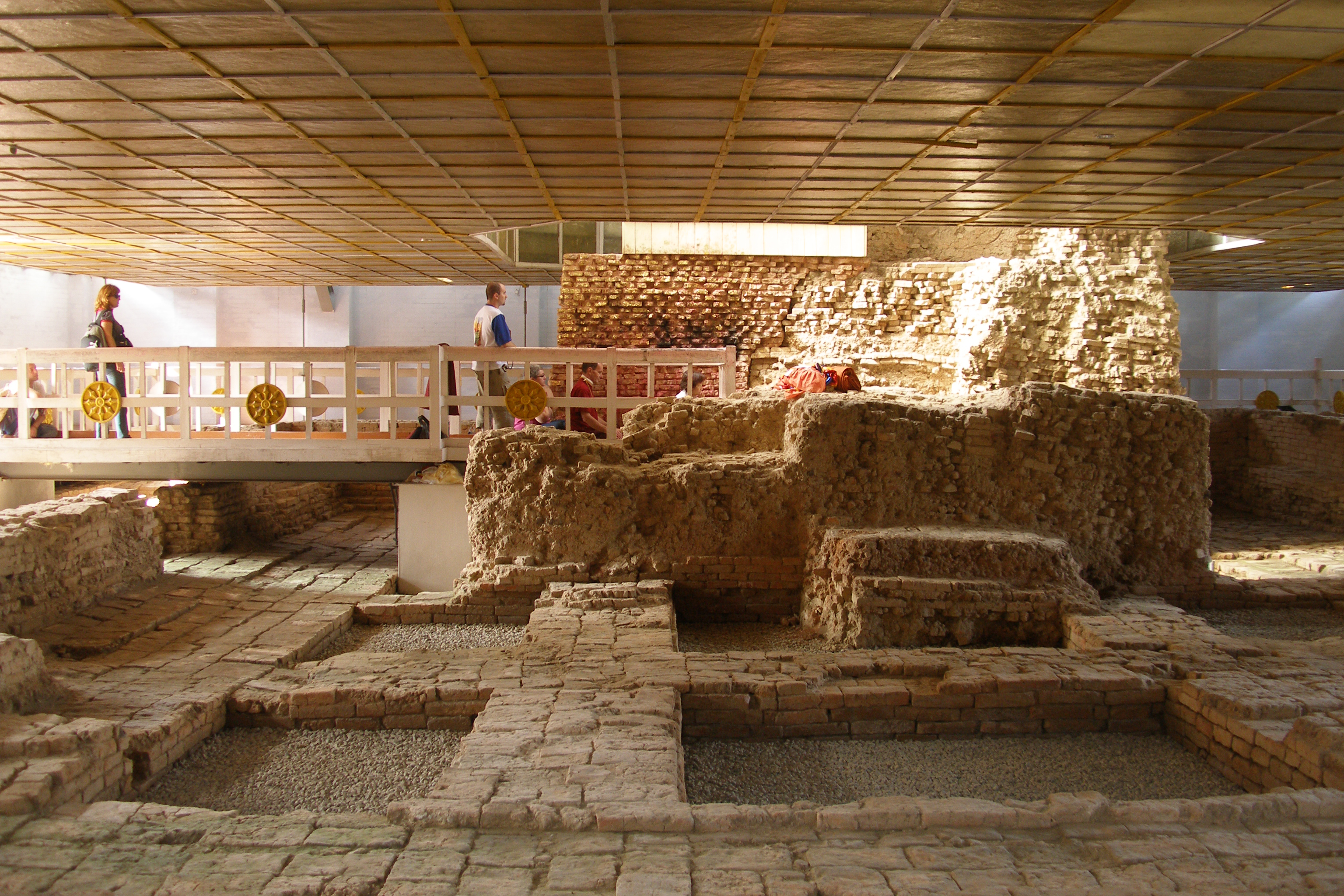 Wikimedia Commons
Wikimedia Commons
40. Hadrian's Wall, England/Scotland (c. 2nd century CE)
While not a traditional graveyard, Hadrian's Wall, built by the Roman emperor Hadrian, is dotted with funerary inscriptions and markers. It serves as a testament to the Roman soldiers who guarded the northern frontier of Britannia.
These 40 ancient graveyards from around the world offer a fascinating glimpse into the diverse cultures, beliefs, and histories of humanity. From monumental tombs to eerie ossuaries, each site holds its own unique stories and mysteries, inviting us to explore the past and reflect on the passage of time. As we wander through these hallowed grounds, we are reminded that even in death, the human spirit endures, leaving its mark on the world for generations to come.


